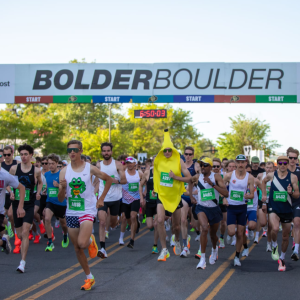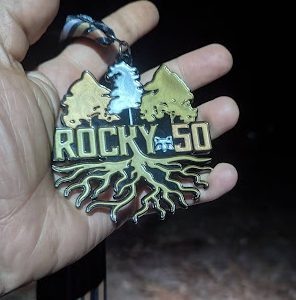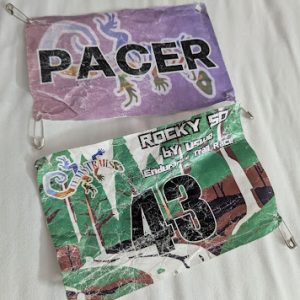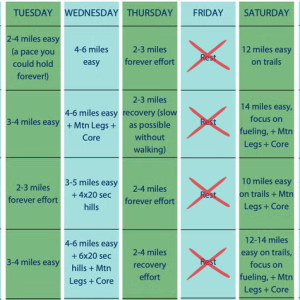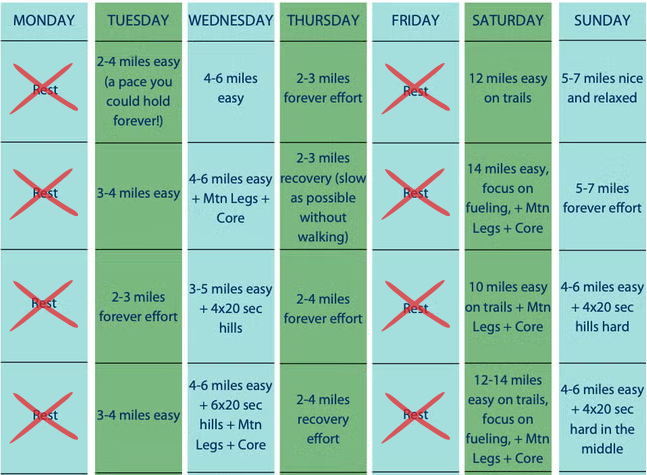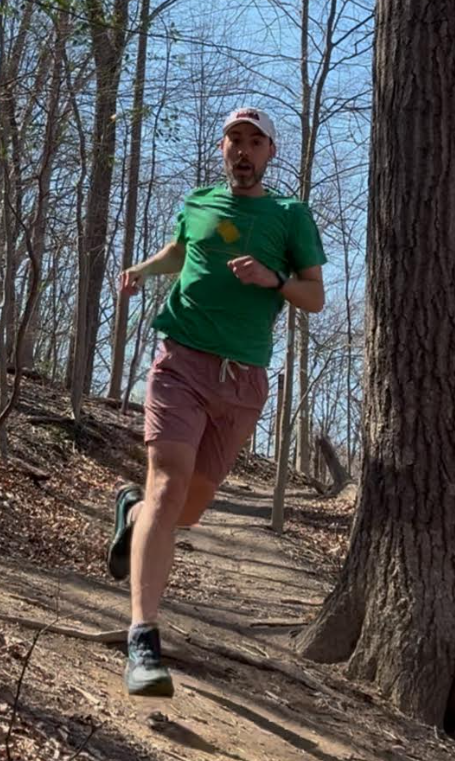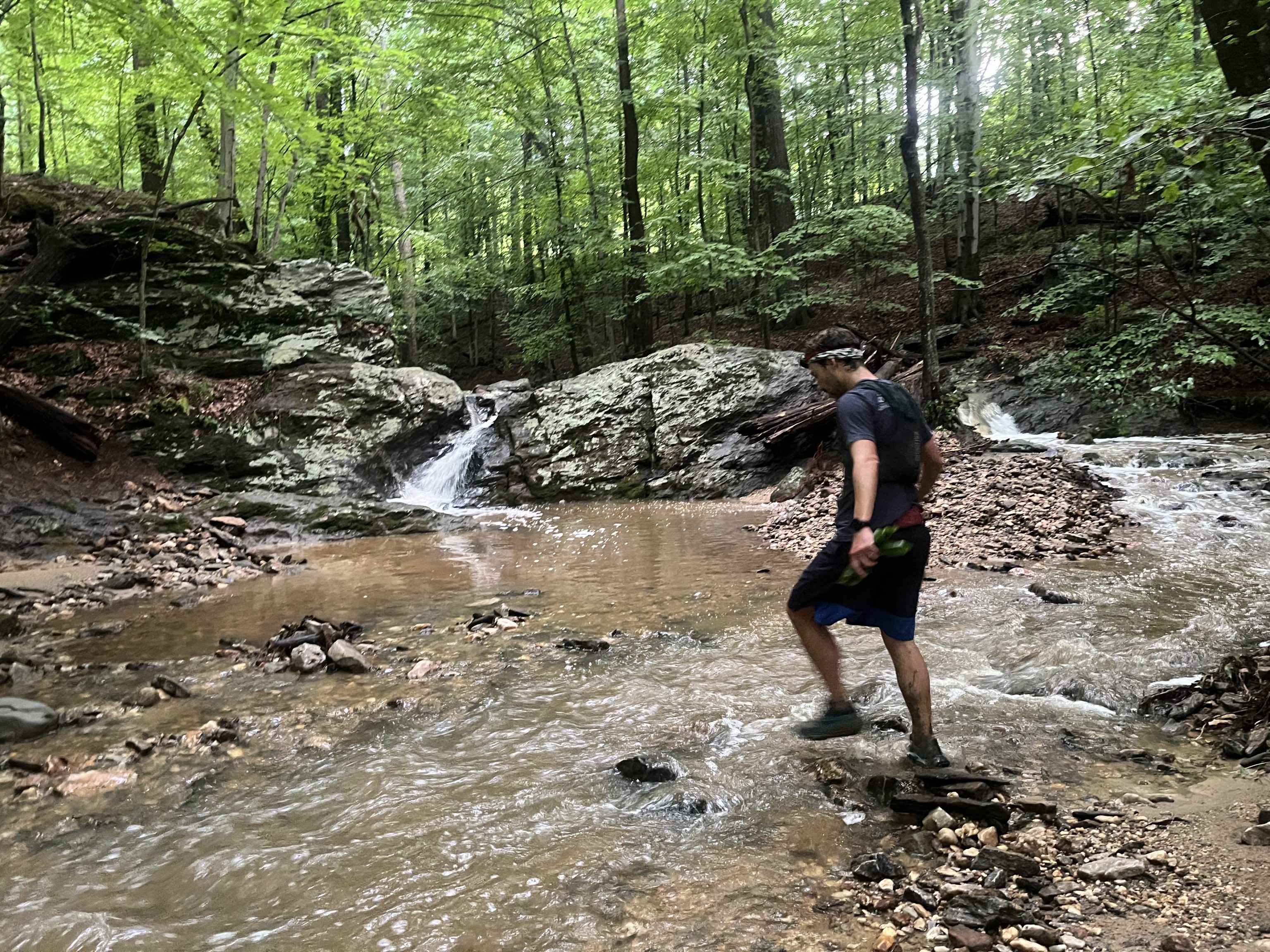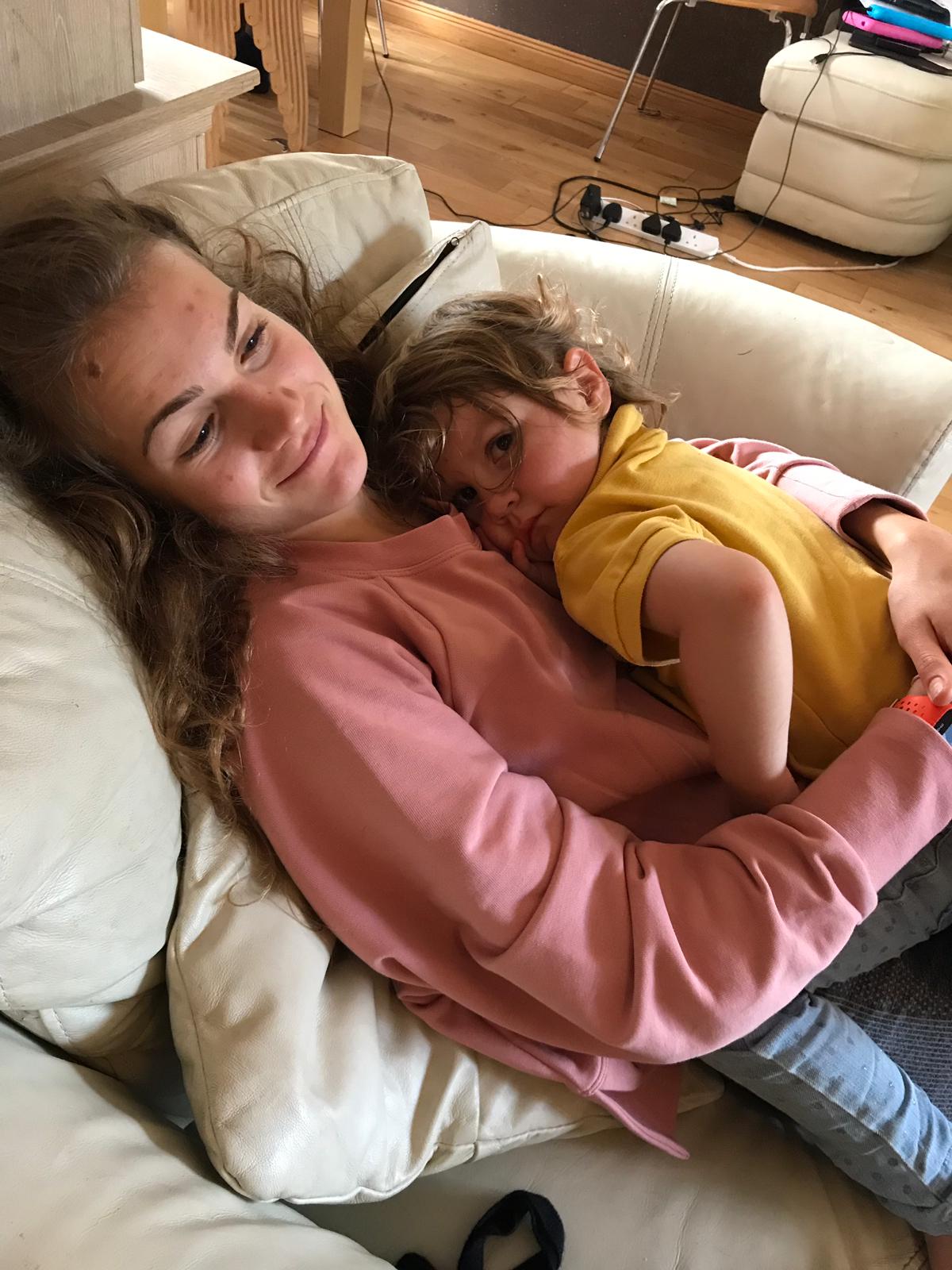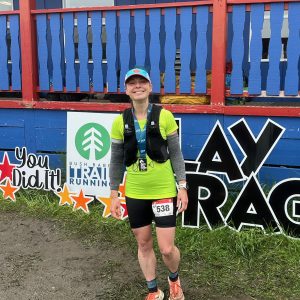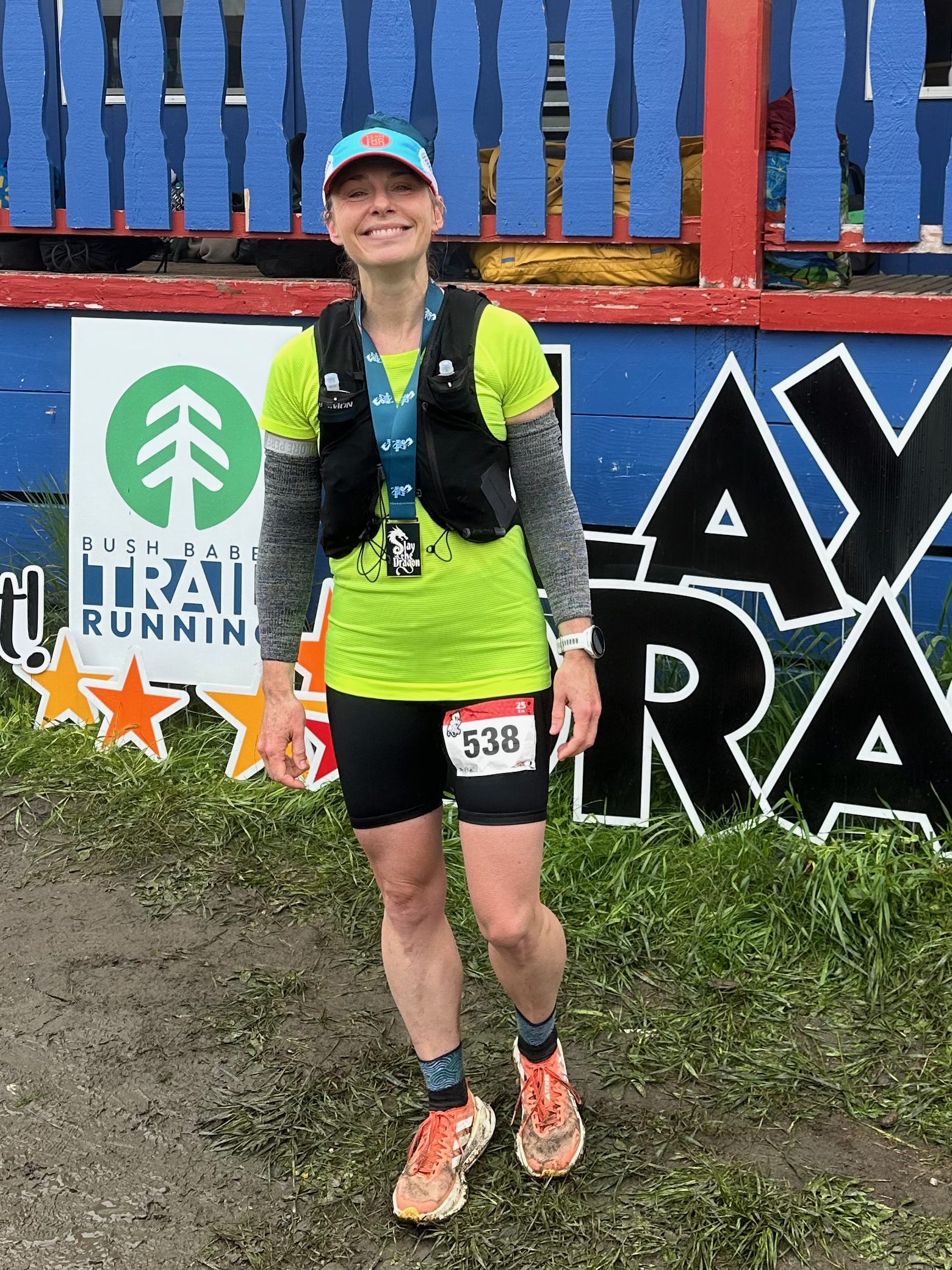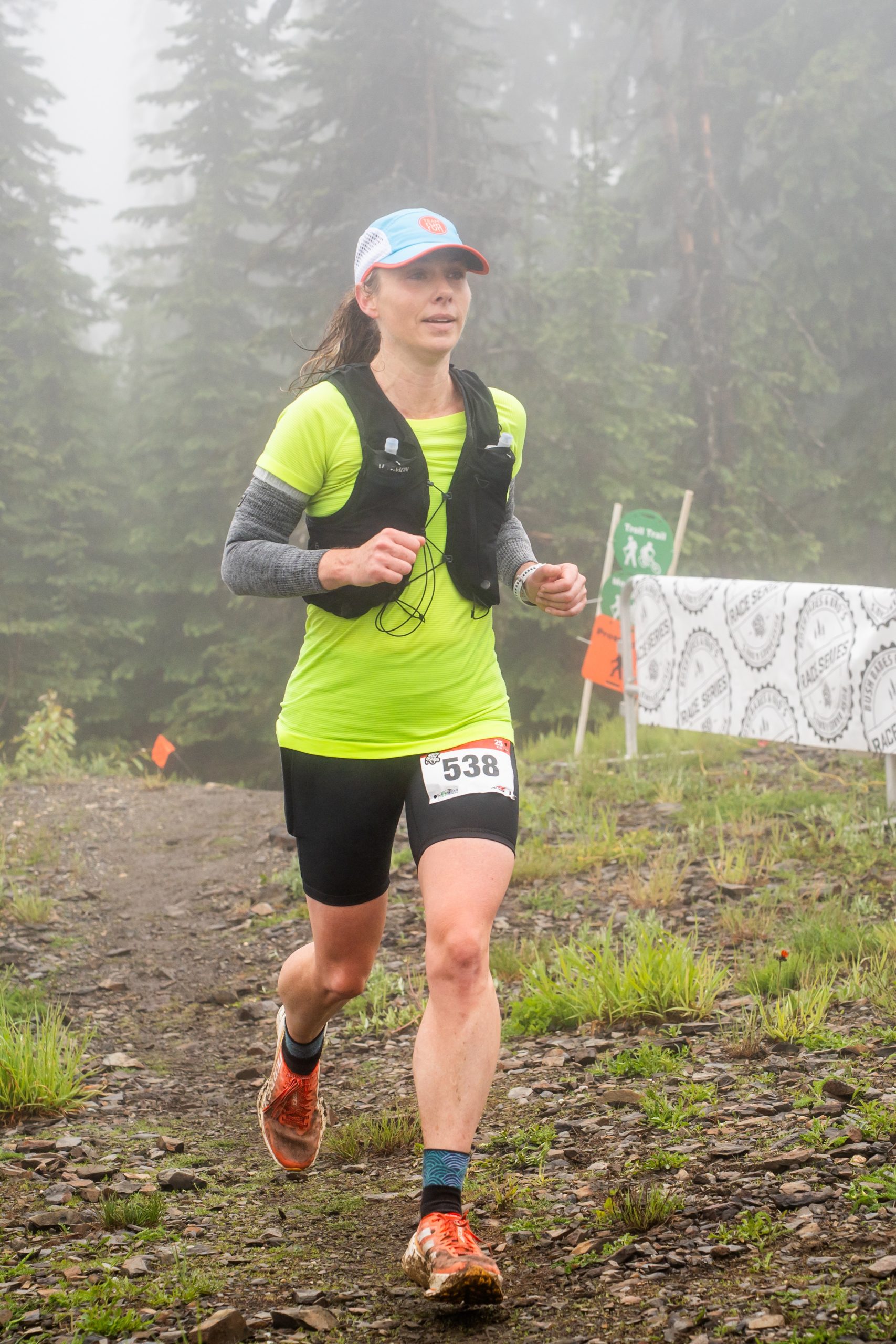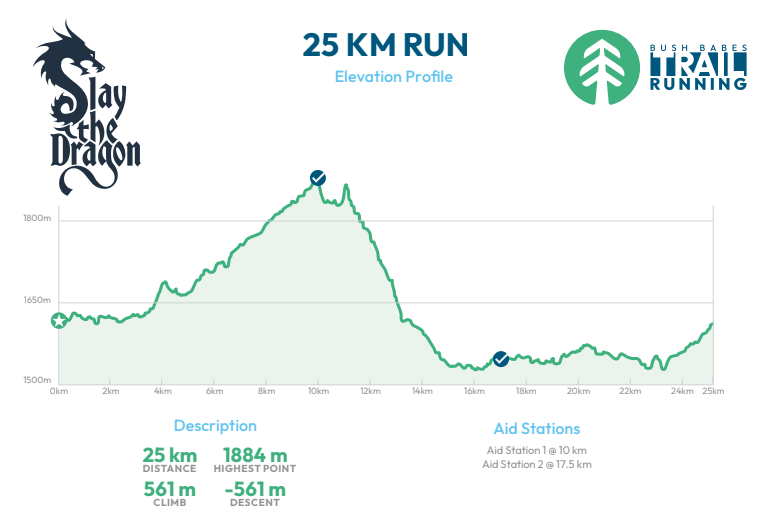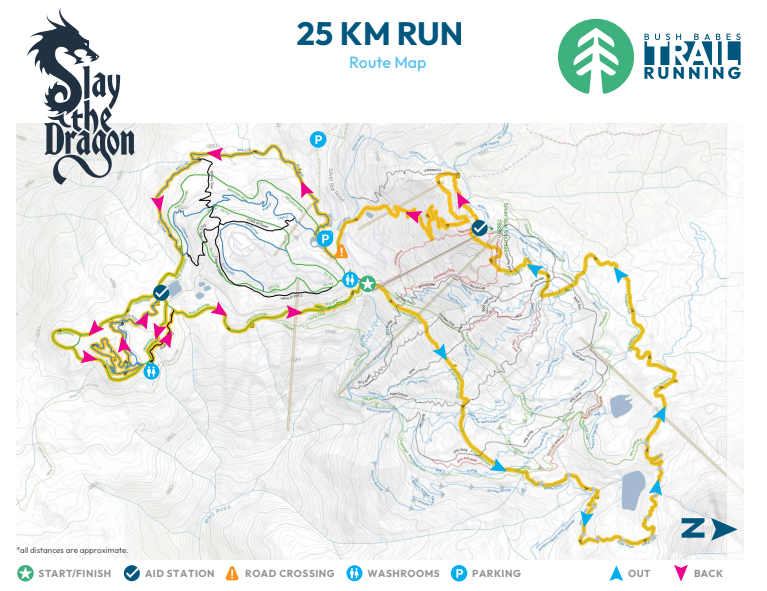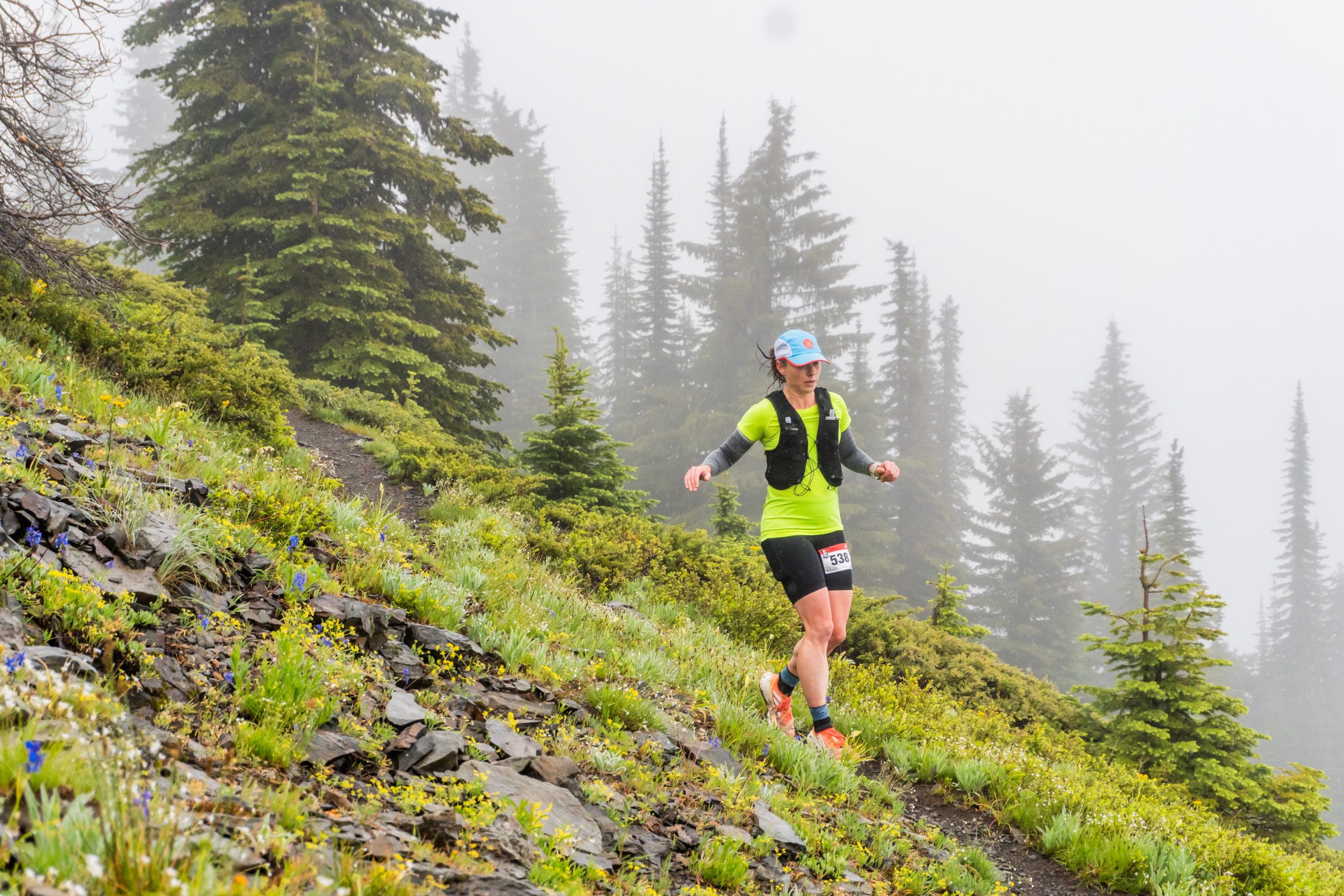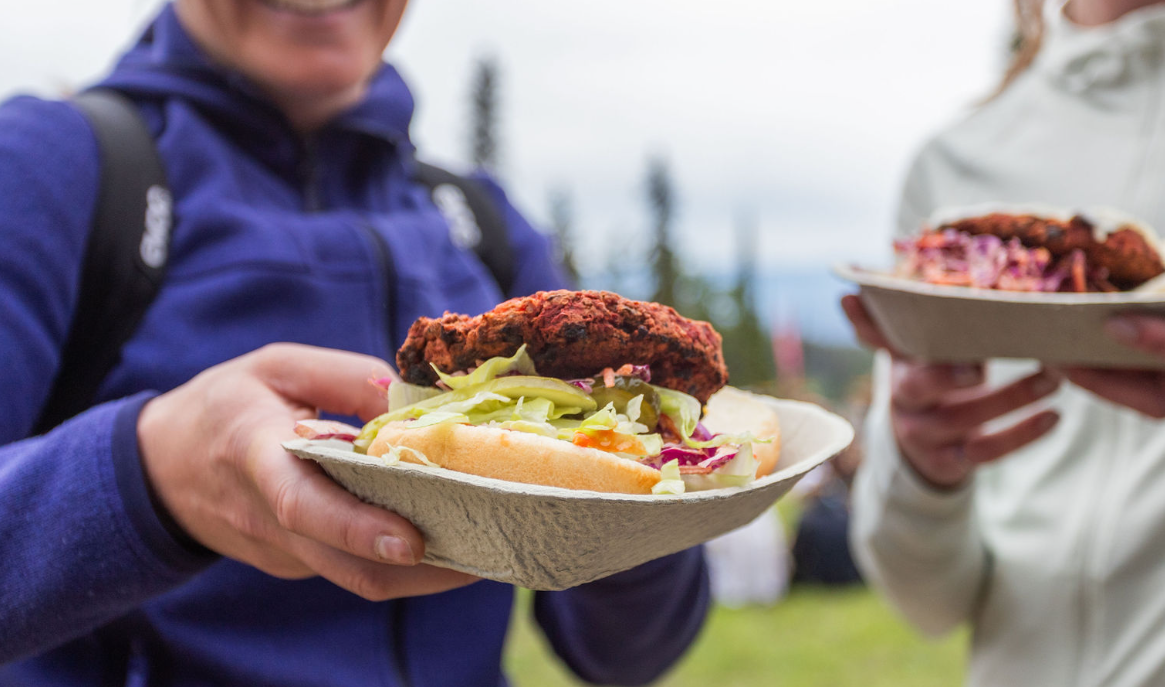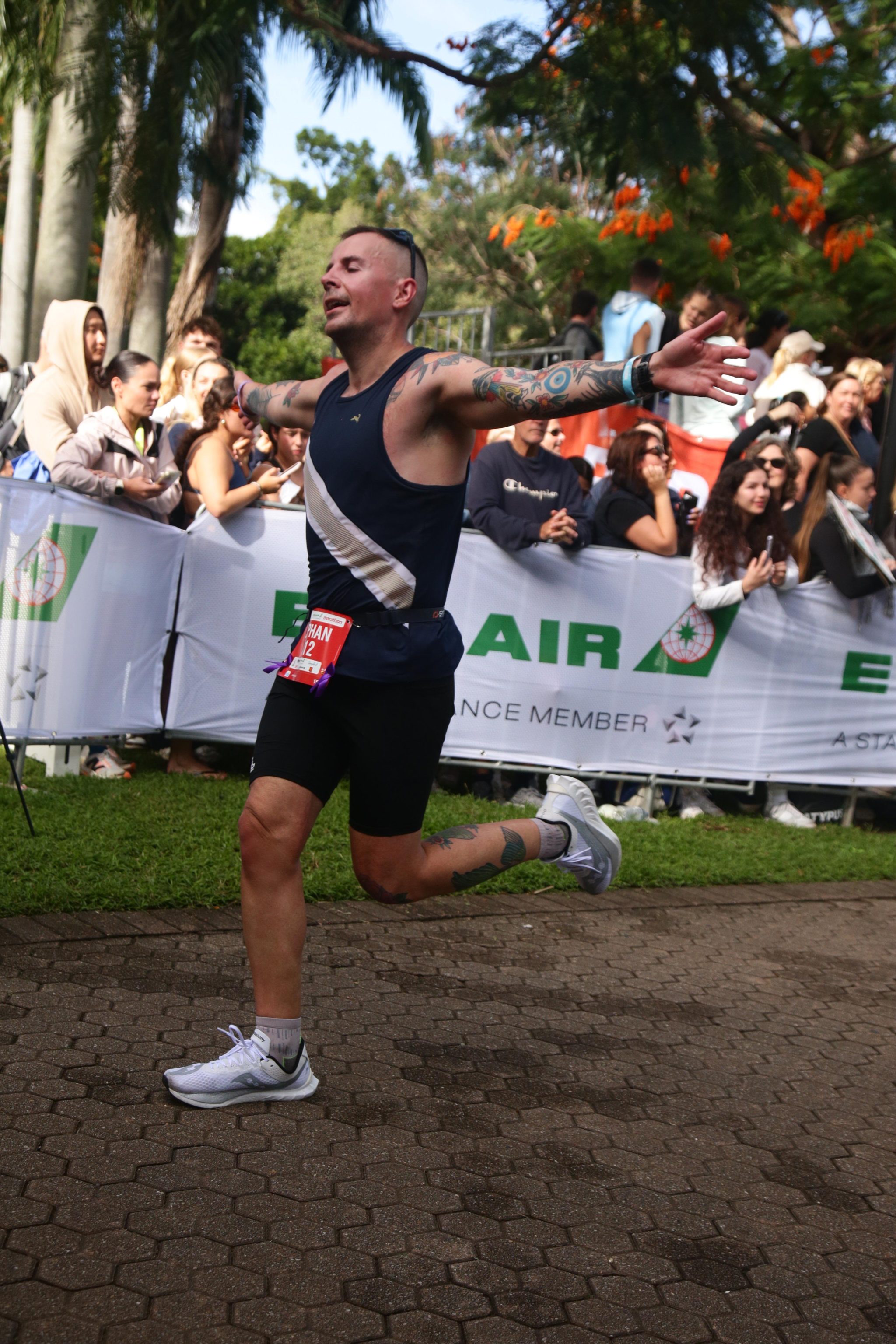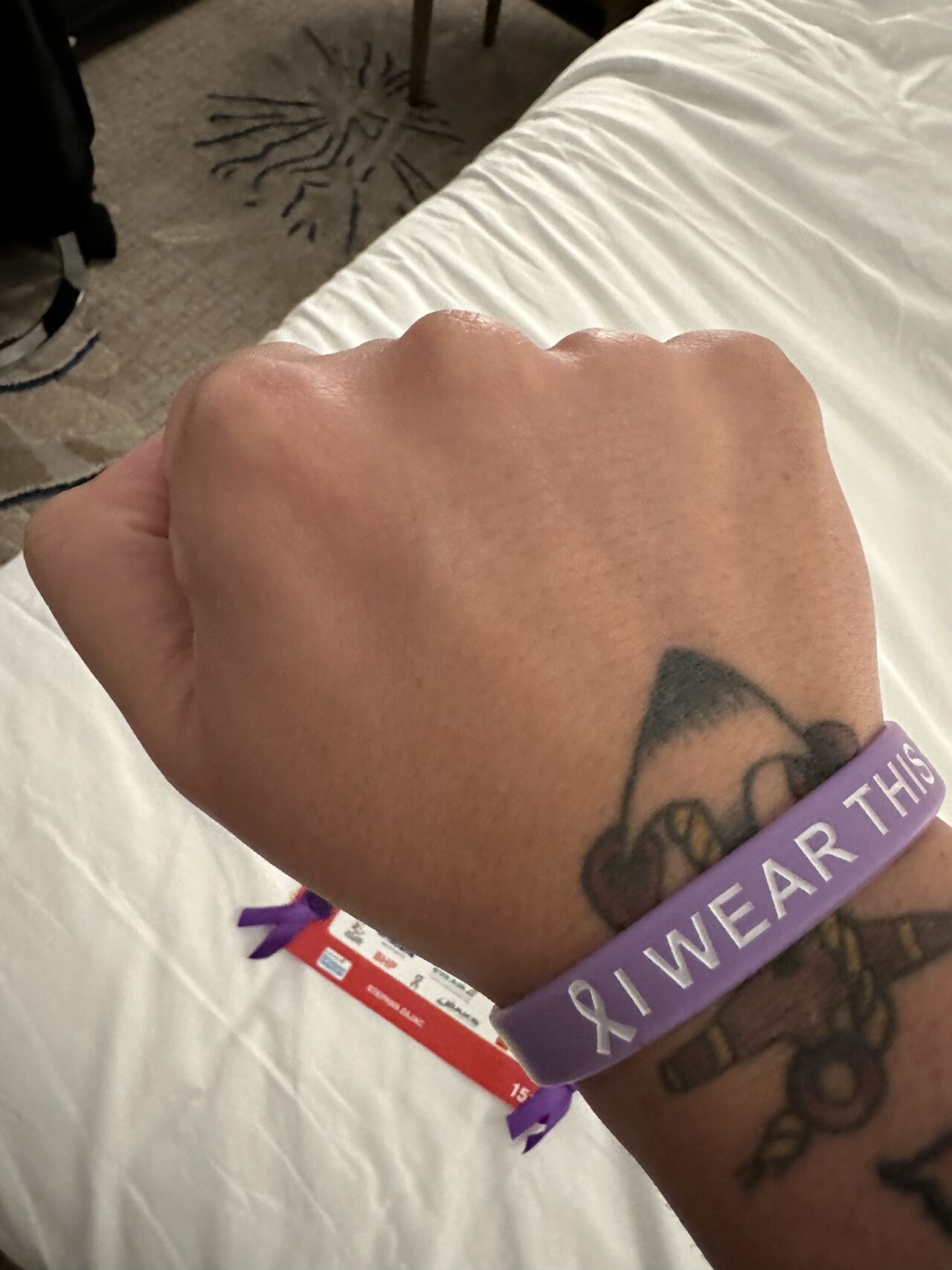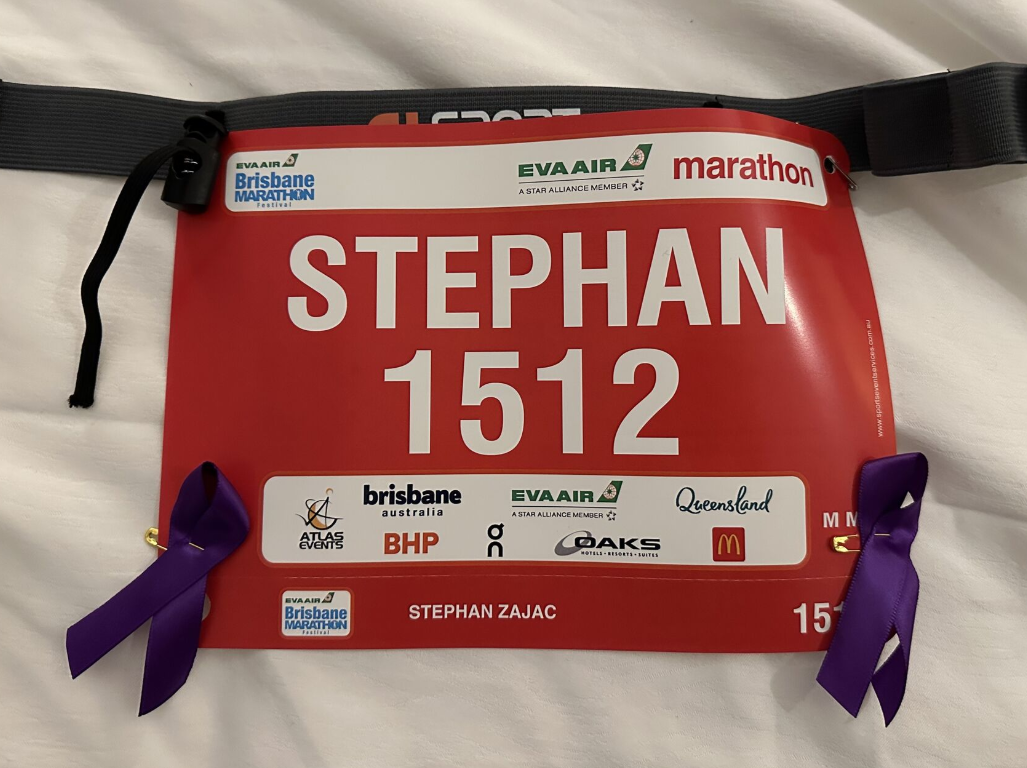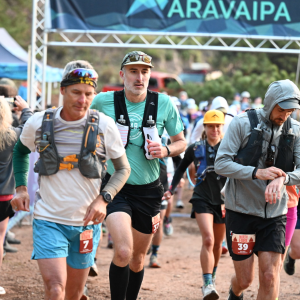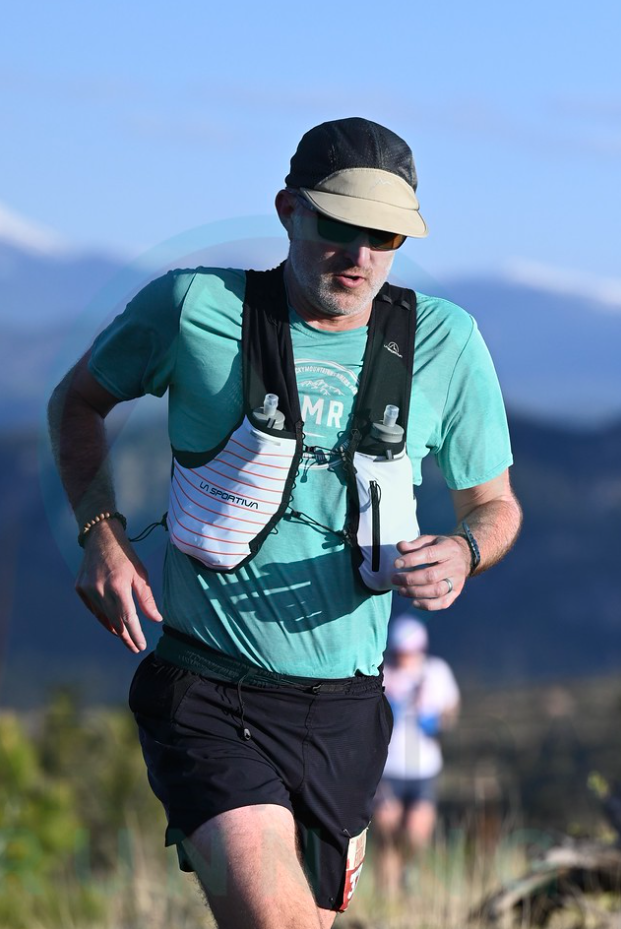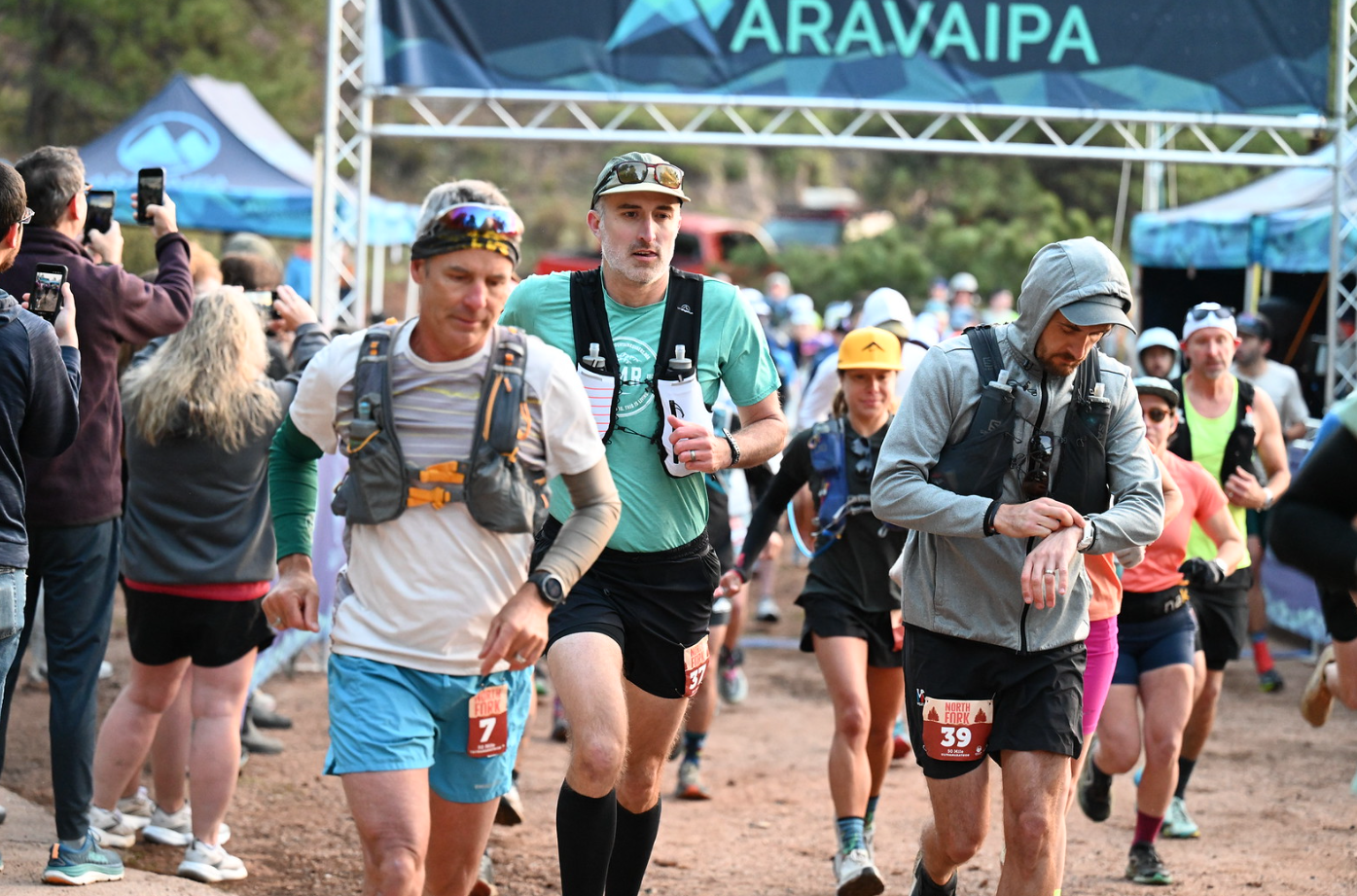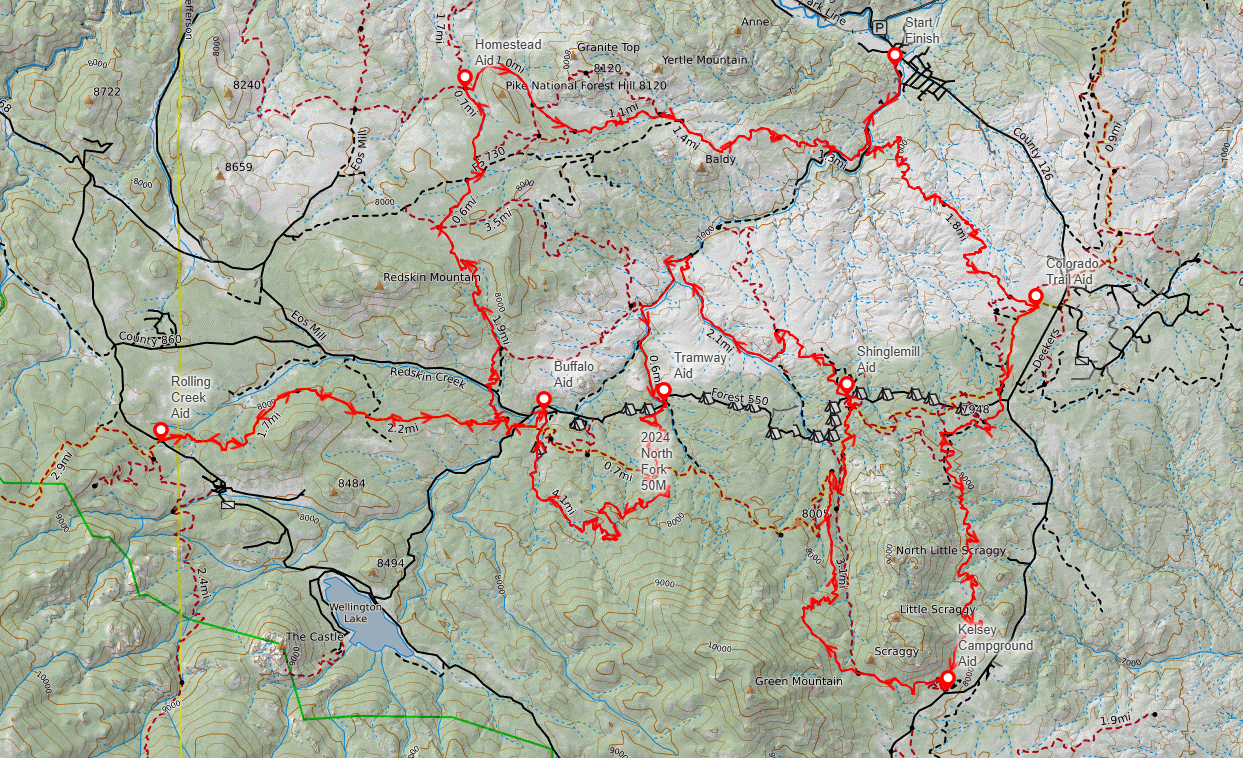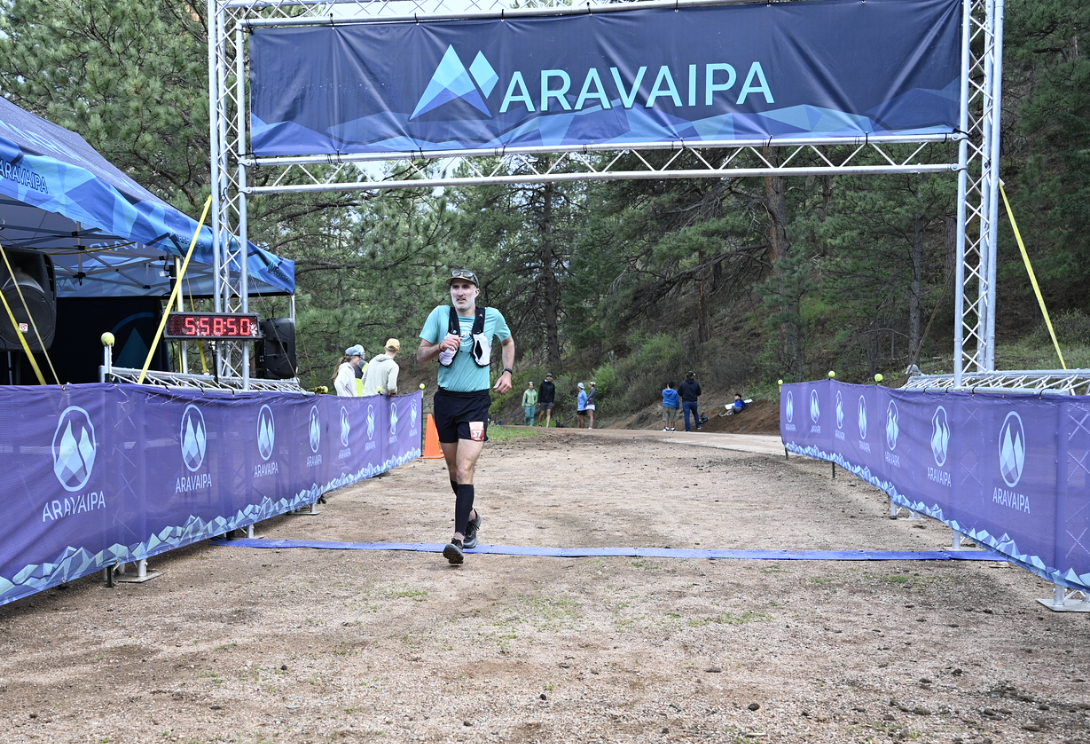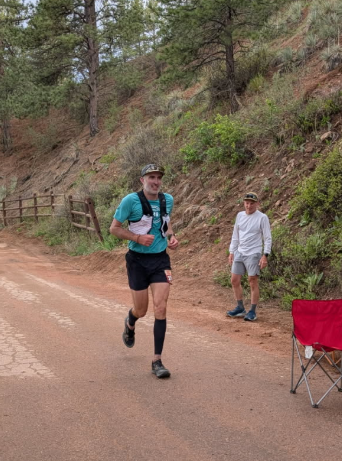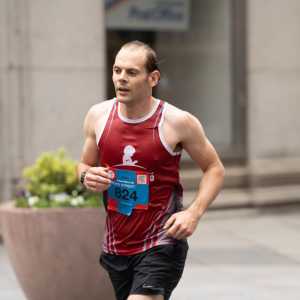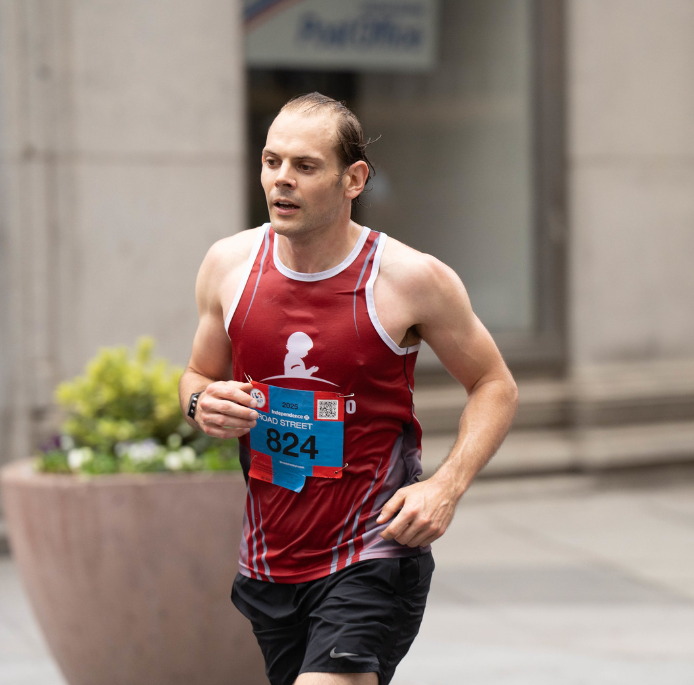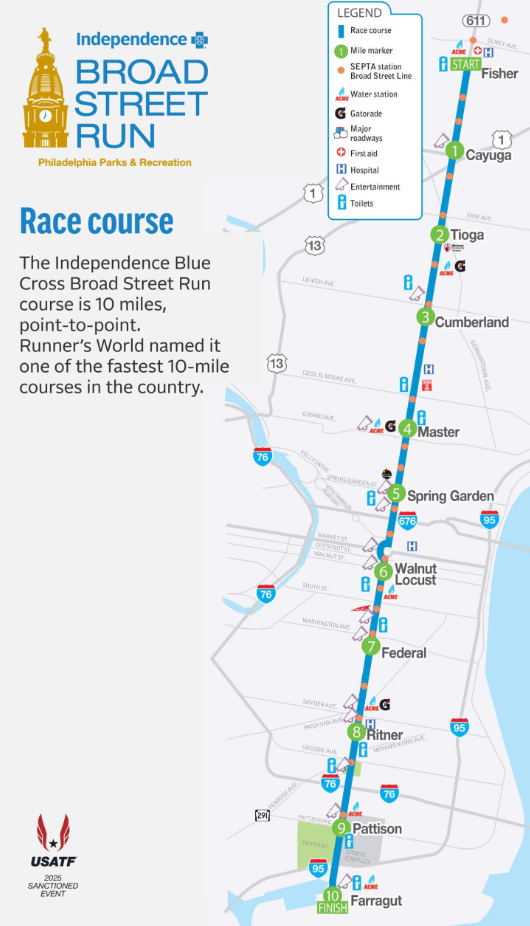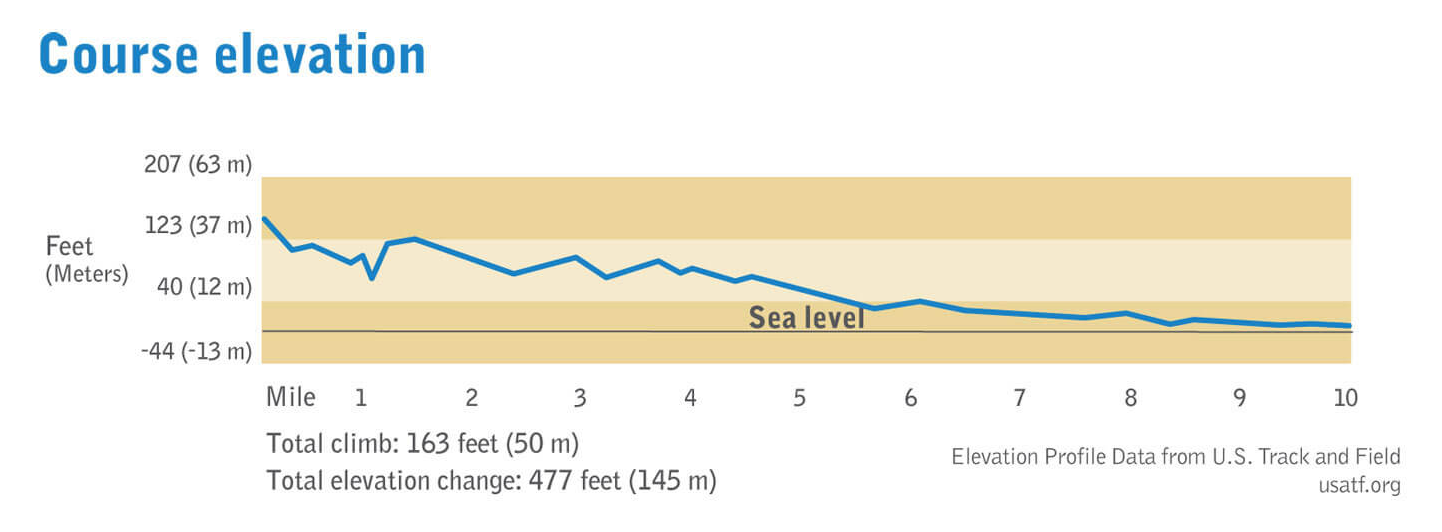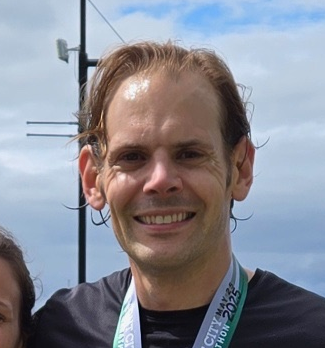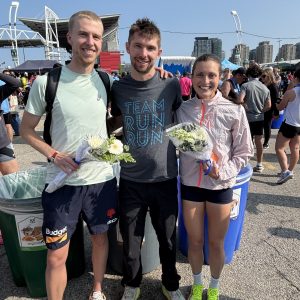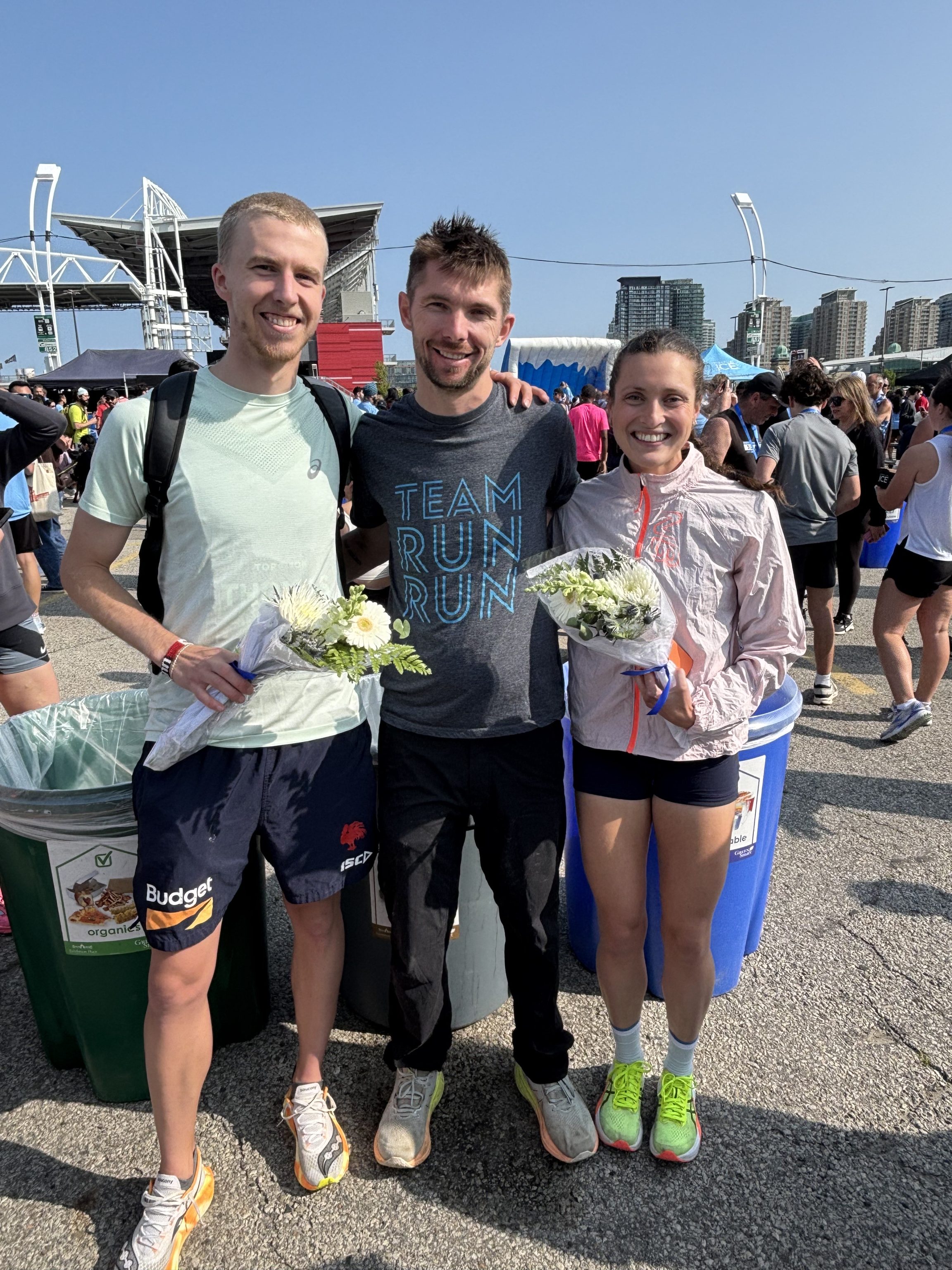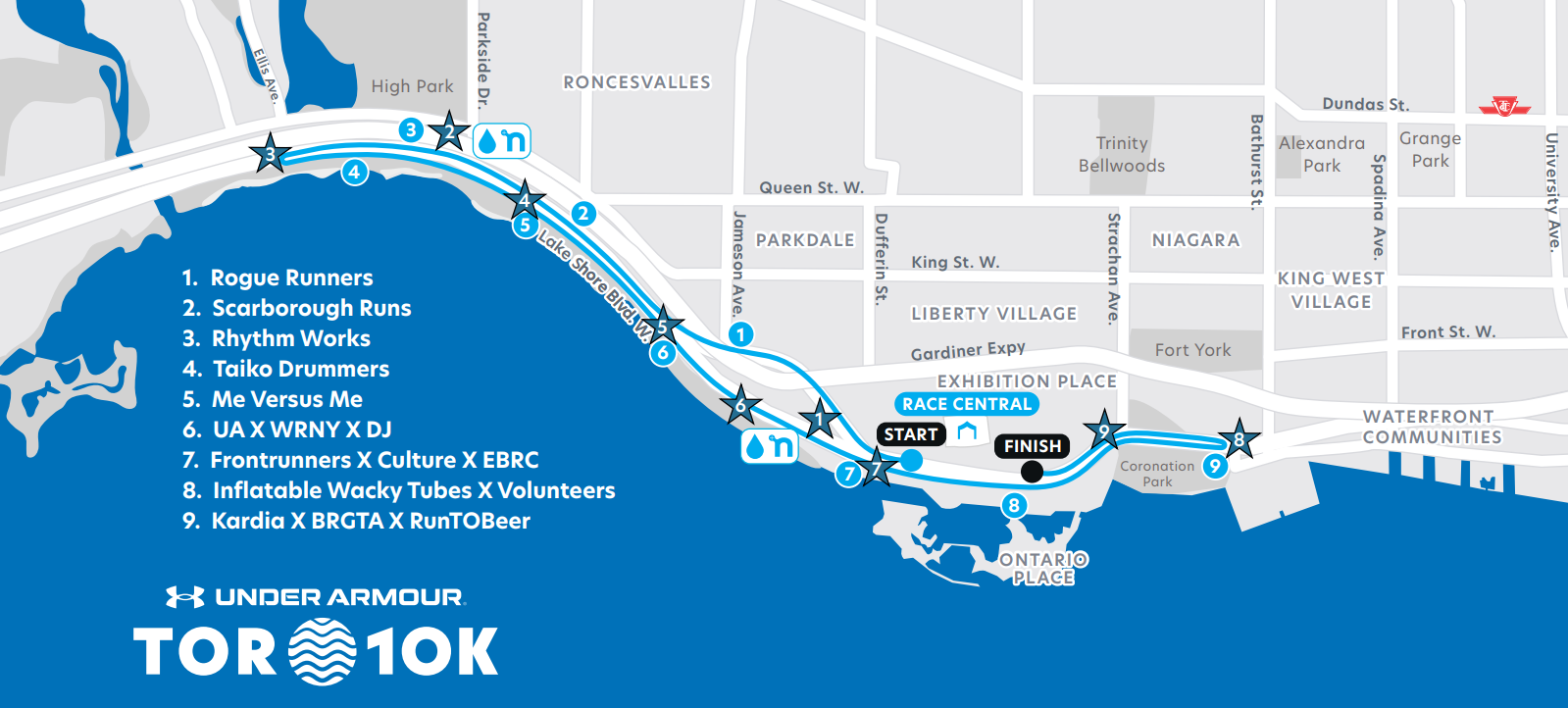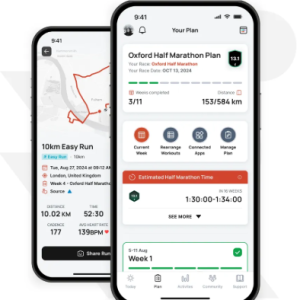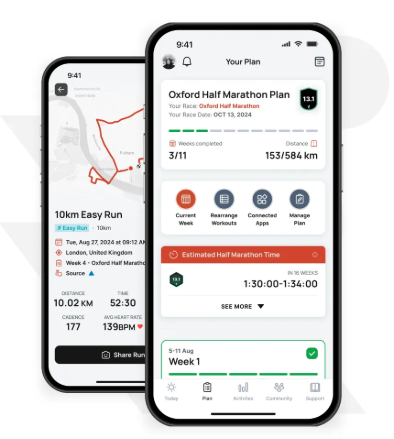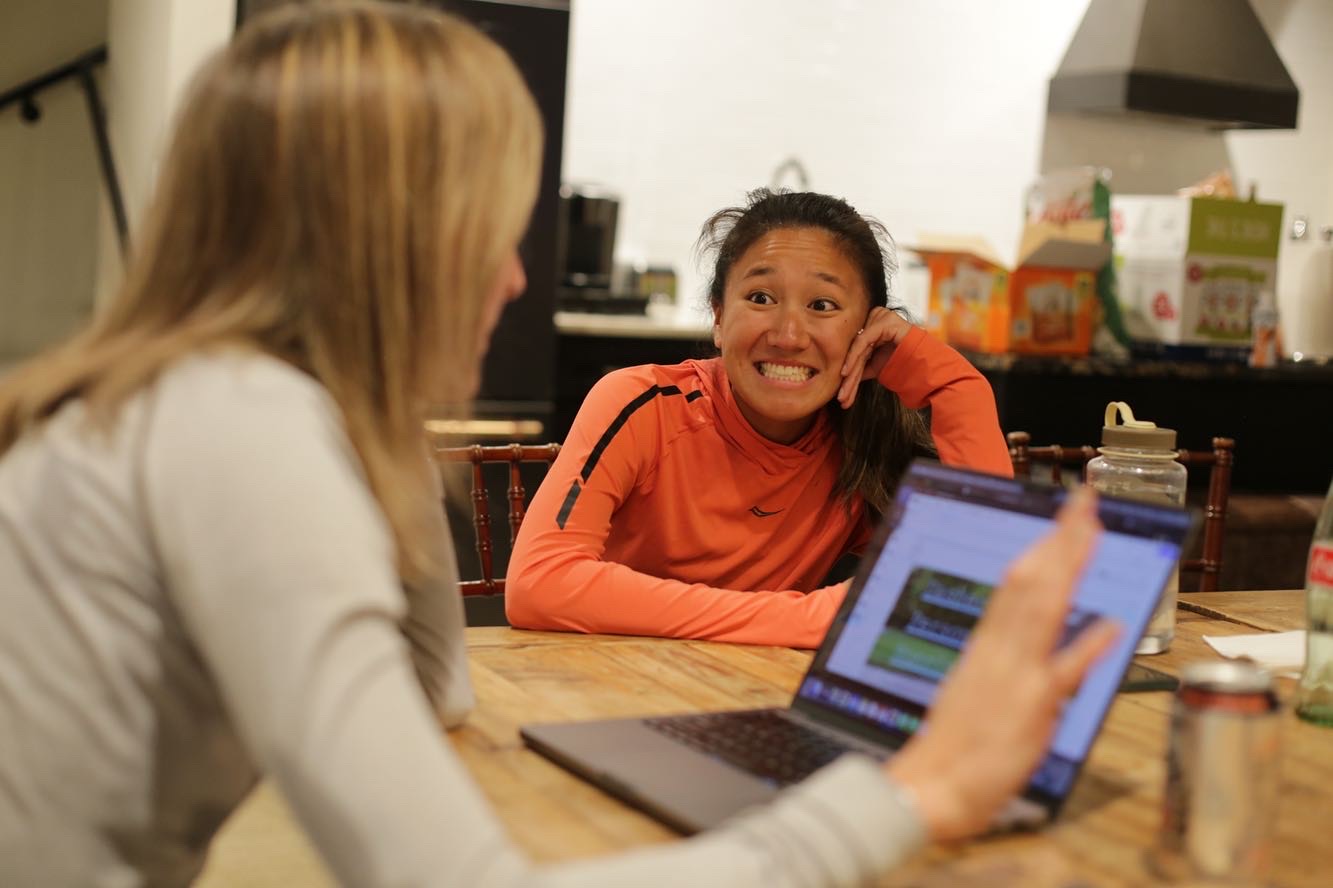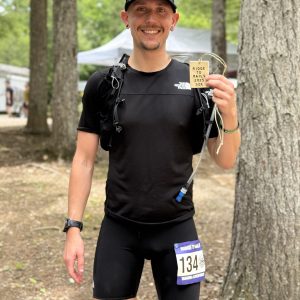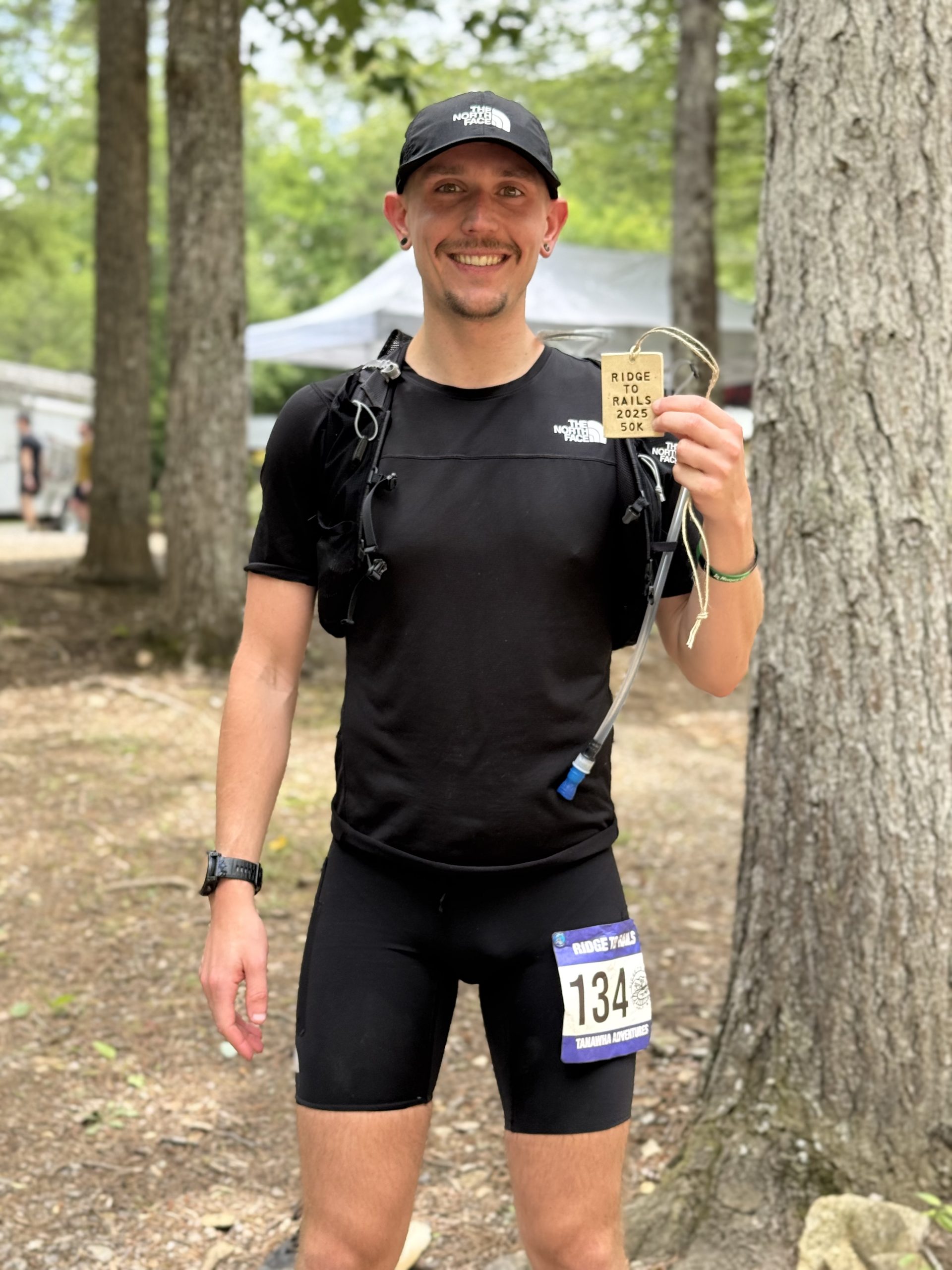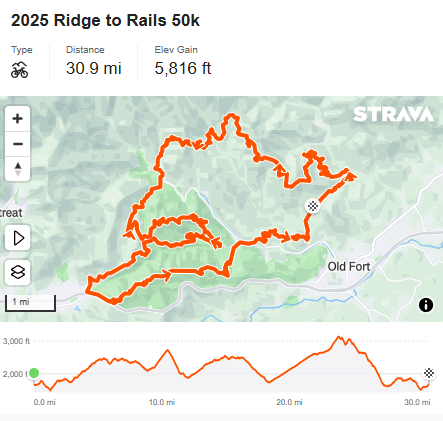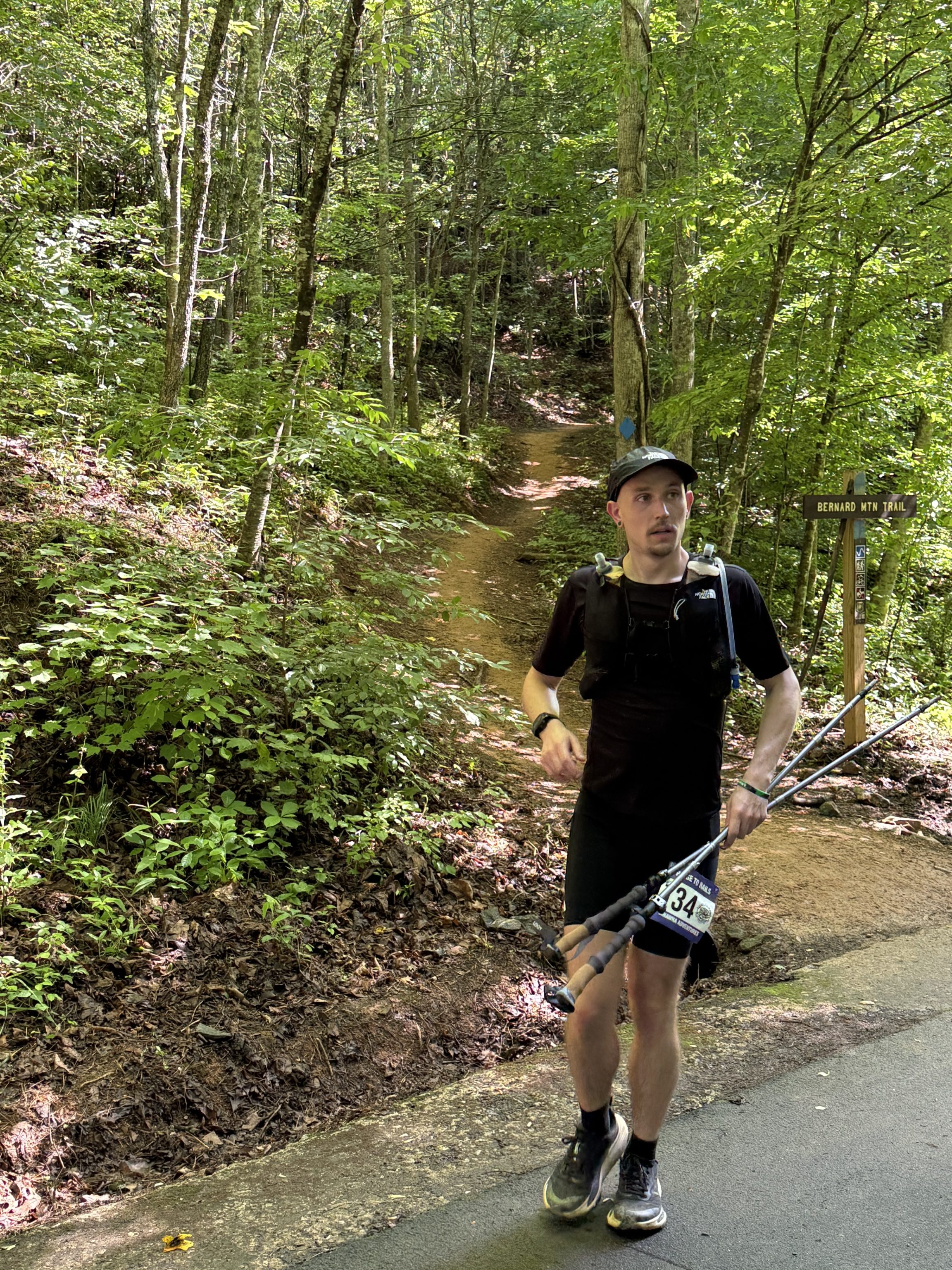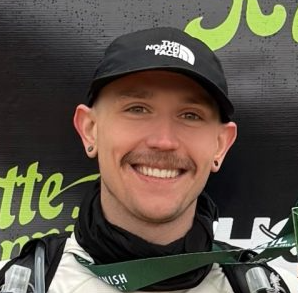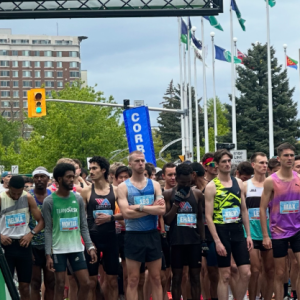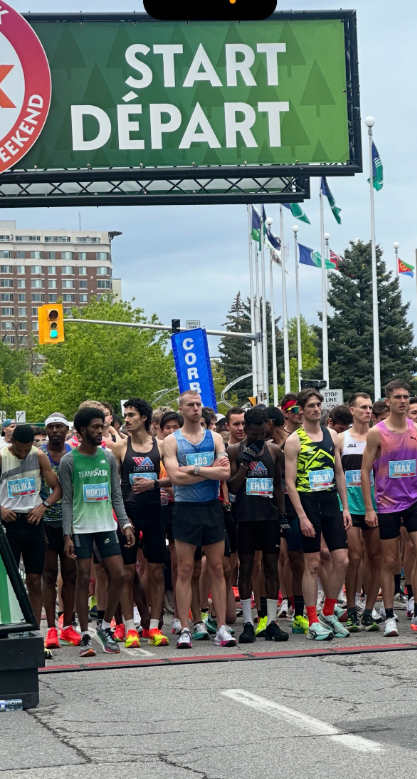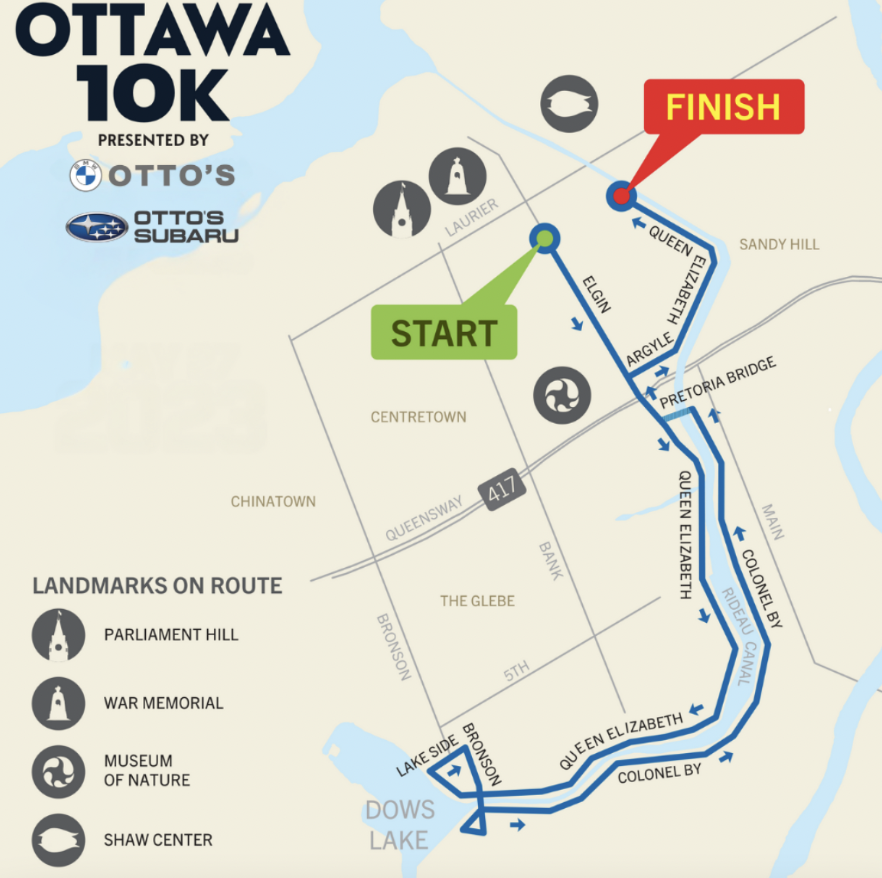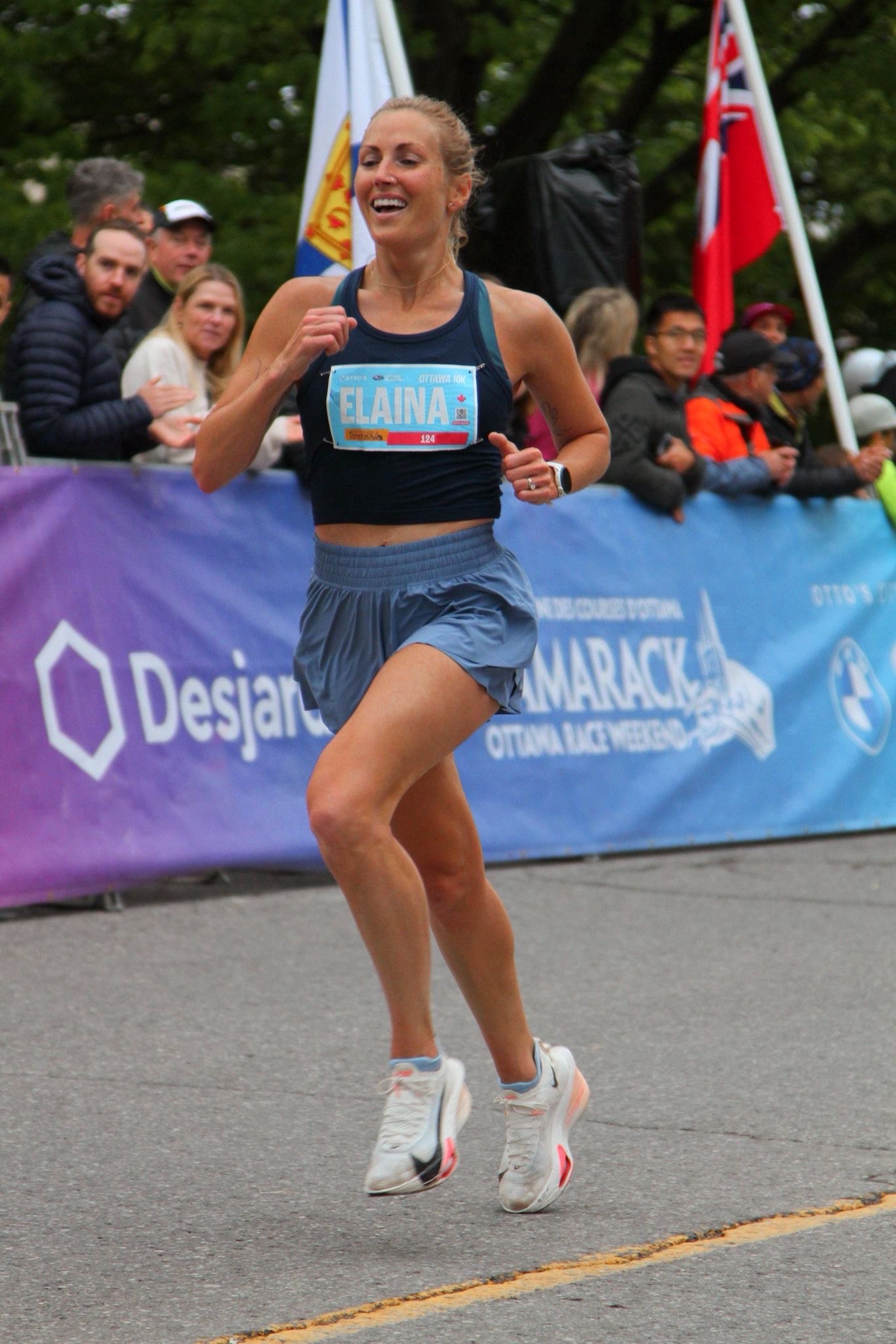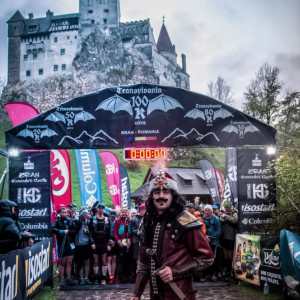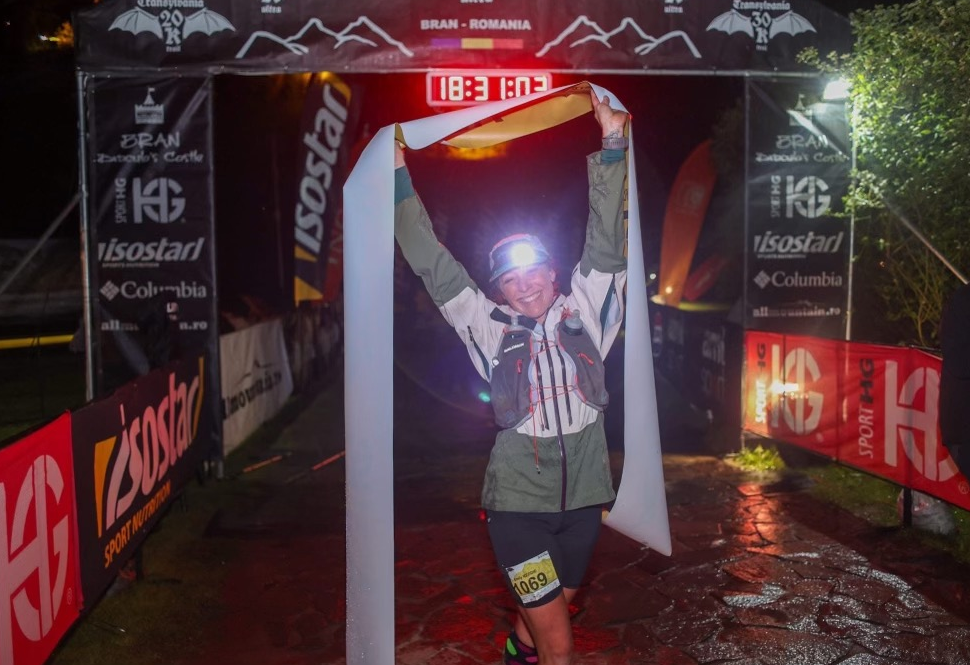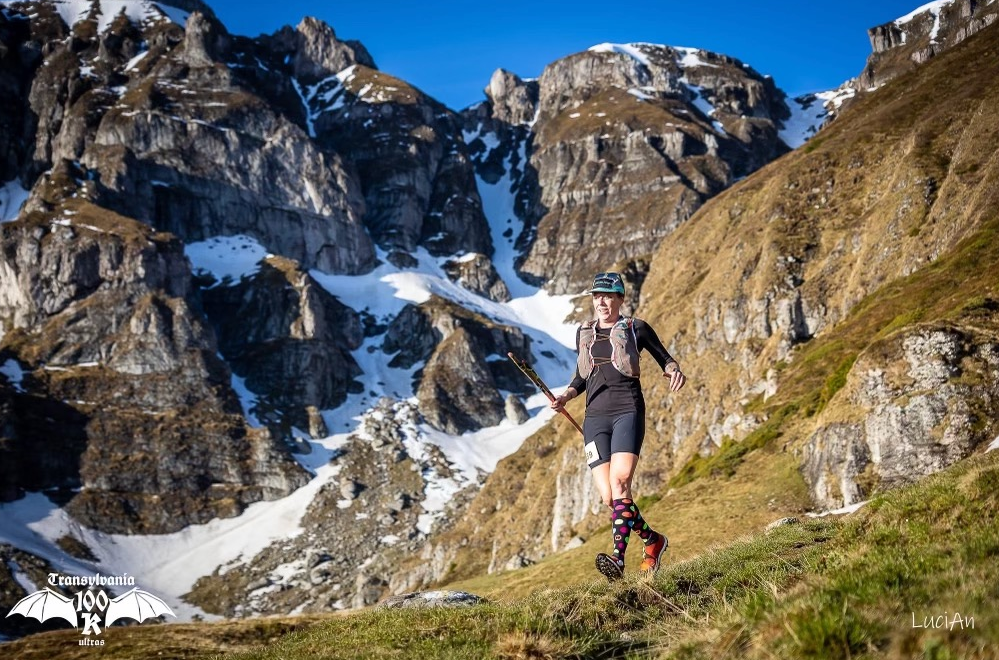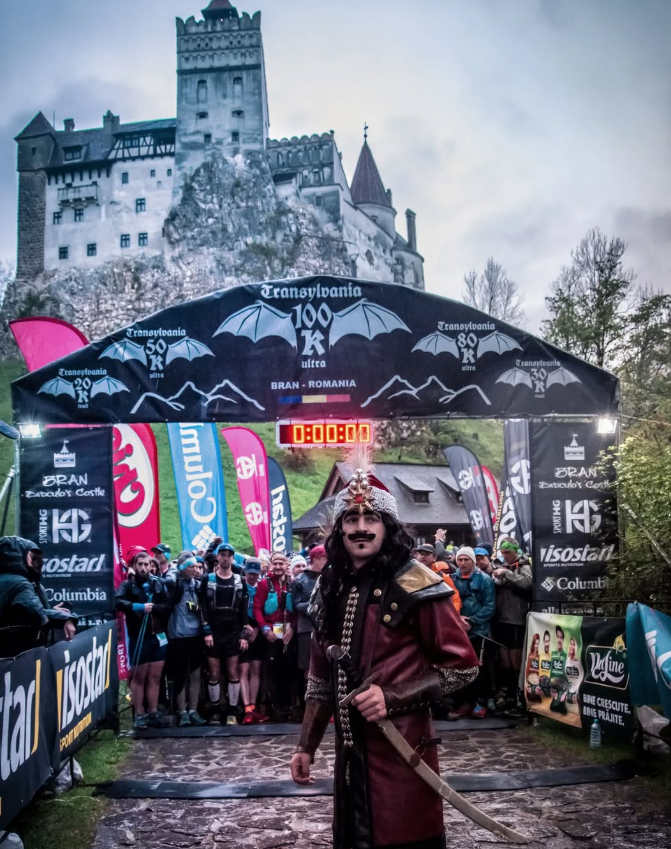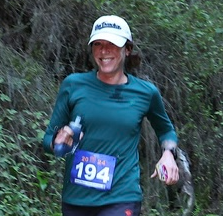Race: BOLDERBoulder 10K
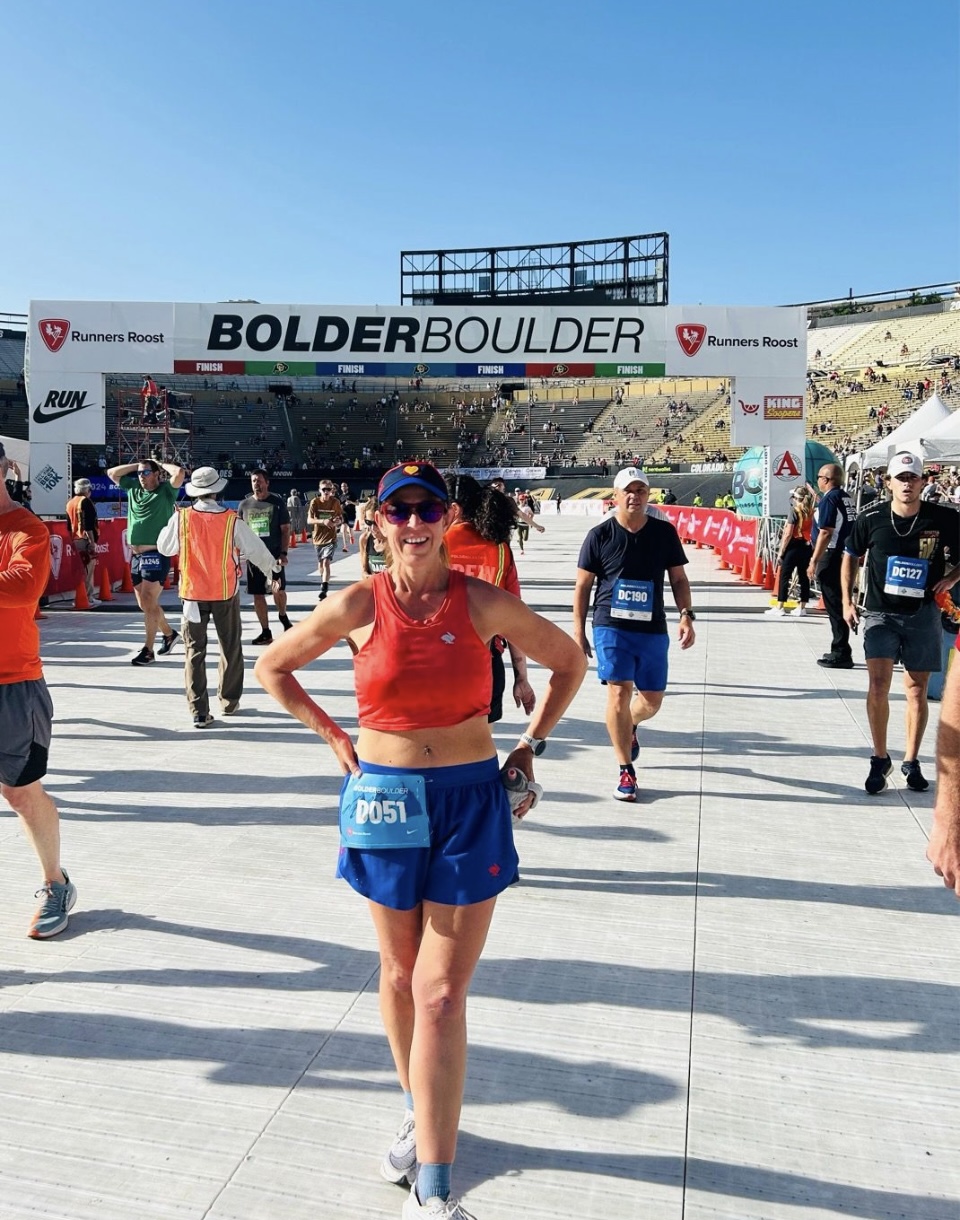
Runner: TRR Coach Nicole Thome
Race Date: 05/26/2025
Location: Boulder, Colorado
Result: 54:51, 15th in age group
3 Bests – What aspects of the race did you like the most?
- Well-organized
- Festivities and race atmosphere: The BOLDERBoulder 10K takes place on Memorial Day, and the entire event is a party!!
- Something for everyone: Choose your own race experience. You can make it as competitive as you want, or ‘fun run’ it and enjoy all the on course entertainment!
Not so much – Aspects of the race that didn’t do it for you
I always arrive early (~6 am), so this wasn’t an issue for me, but I have heard that parking can be difficult. So I’d recommend arriving early!
Also, you can submit to move up to a higher wave (which is a good thing), but your ‘official’ time won’t appear for WEEKS and doesn’t show up on live tracking. So, depending on how far back you’re placed, it could be worth staying put if real-time results are important to you.
Weird factor – What’s the weirdest thing about this race?
I don’t know if this is a “weird” thing, but the race doesn’t offer finisher’s medals. While that doesn’t bother me personally, I know that’s an expectation for many.
Highlights of your race – What did you do well and enjoy about your race in particular?
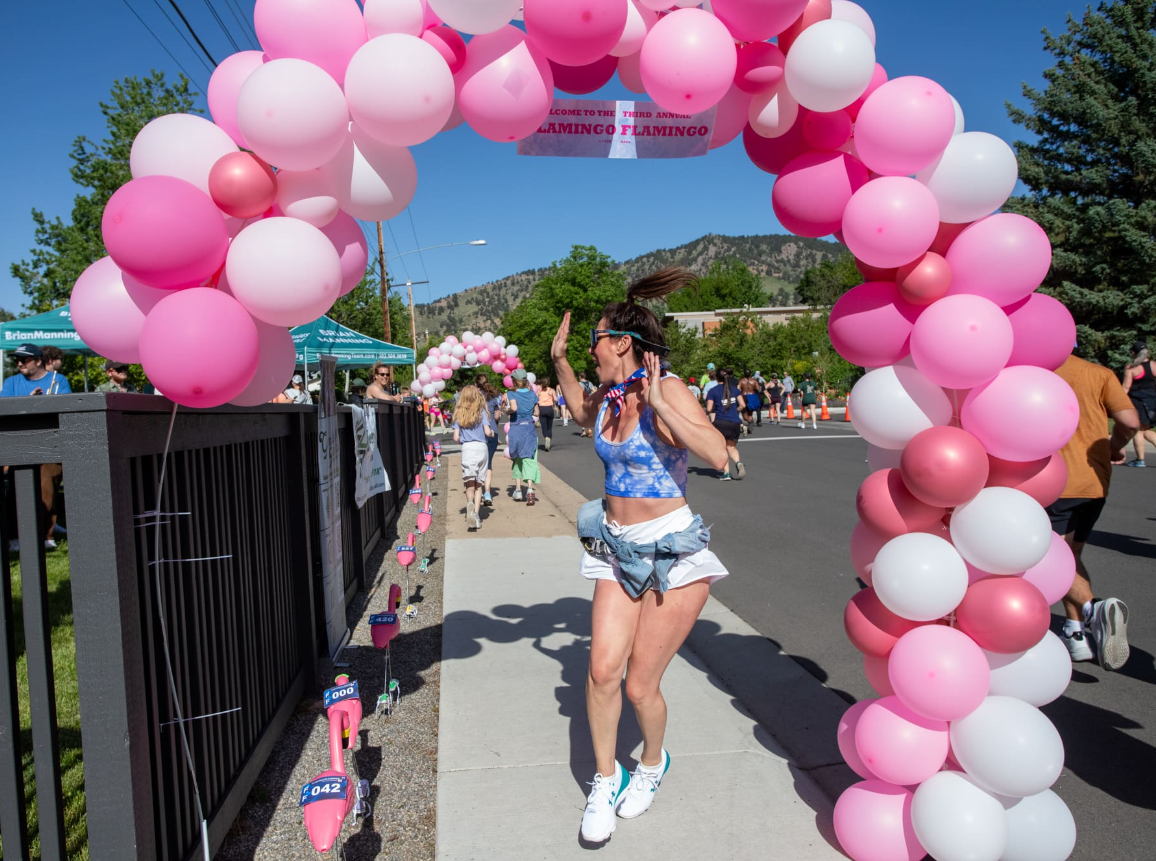
A unique highlight of the BOLDERBoulder 10K is the way the organizers start it; for a race this large (over 2300 finishers!), the waves are very small. This allows you to race it without a lot of human traffic to weave through! The waves are released about 90 seconds apart, and every wave gets its own gun and trumpet start. Very fun!
Lessons for others – Share your pro-tips on the race to help the next runner
I always arrive early (~6 am), so this wasn’t an issue for me, but I have heard that traffic and parking can be difficult, especially if you get there after 7 am. So I’d recommend arriving early! If you have a later wave, have some coffee, warm up, take in the atmosphere, but DON’T WAIT to get there!
If you’re coming from out of town, remember that Boulder is at an altitude of 5,430 feet. This is not considered “high elevation” but will require you to slow down a bit. Your sea-level 10K race pace will feel harder here, especially on the hilly course, so focusing on 10K effort rather than pace is the way to go!
Lessons you learned that will help you next time around
I’ve run this a few times and have it pretty dialed in. As mentioned above, try to avoid parking and traffic issues by arriving early.
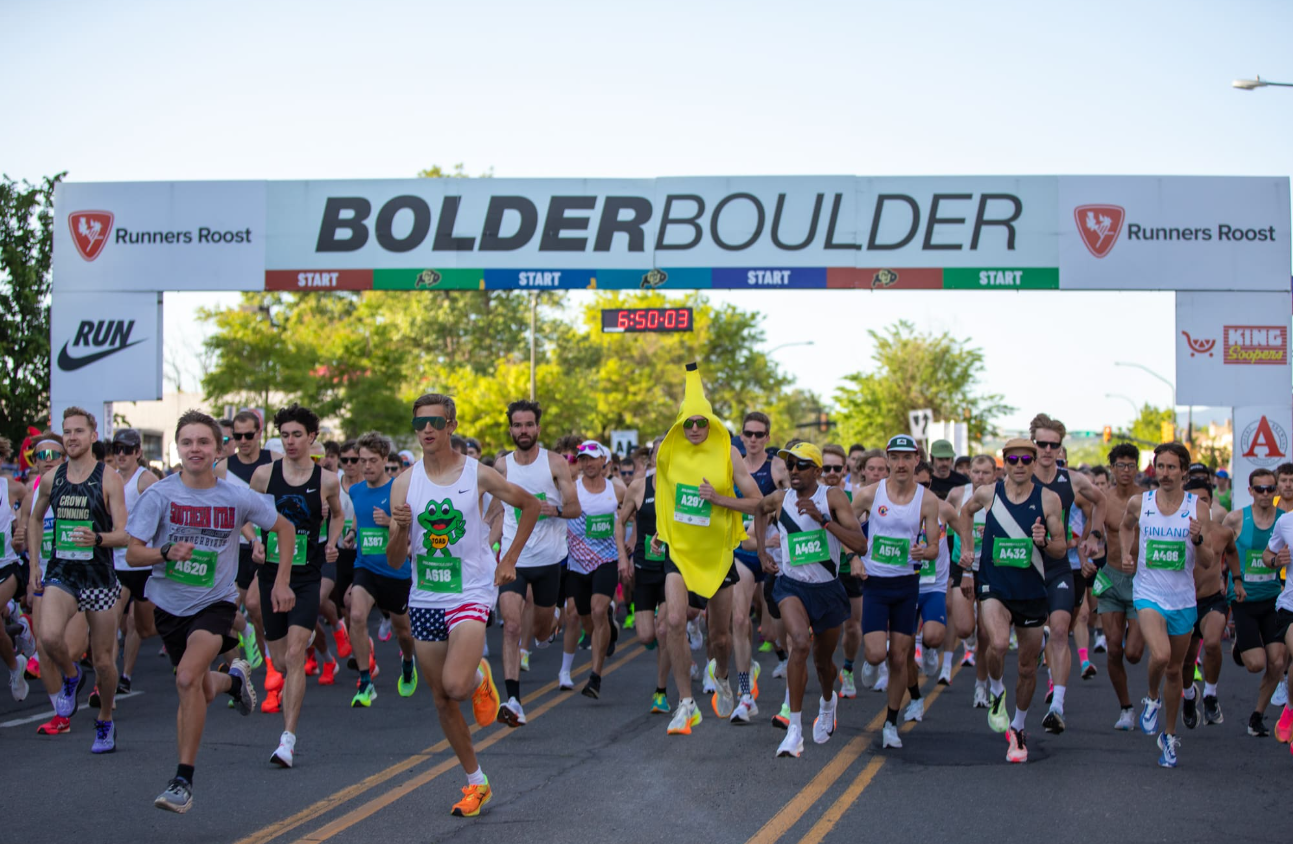
Most important course specific knowledge to know about the race
It’s Boulder so… expect hills. The course is over mostly rolling hills, nothing too extreme but pretty consistent. The most significant inclines are halfway in so, on one hand, don’t be afraid to go out a little fast; however, it’s also beneficial to conserve some energy for the middle.
You’re better off racing this one on effort. Once you hit mile 5, it’s a nice downhill to flat… until you hit the big hill into the stadium at the end. The stadium finish is awesome!
Aesthetics – Is it a pretty course?
While you are definitely surrounded by beauty, it isn’t as “pretty” as the surrounding trails, given that the course runs through towns and neighborhoods. Spend any time in Boulder, though, and you’ll see plenty of beautiful scenery!
Difficulty – Is it a tough course?
With rolling hills and elevation, it’s far from the fastest course. However, it’s not impossible to PR (many runners do!) but you definitely have to prepare for the hills (and if from out of town, the altitude!)
Organized and well run – Did it feel like a well-oiled machine or were they flying by the seat of their pants?
The BOLDERBoulder 10K is impressively organized and well run. As one of the biggest road races in the world and 2nd largest 10K in the US, it would be easy for BOLDERBoulder to feel messy: it doesn’t. It’s one of *the* most well-oiled races you’ll ever experience.
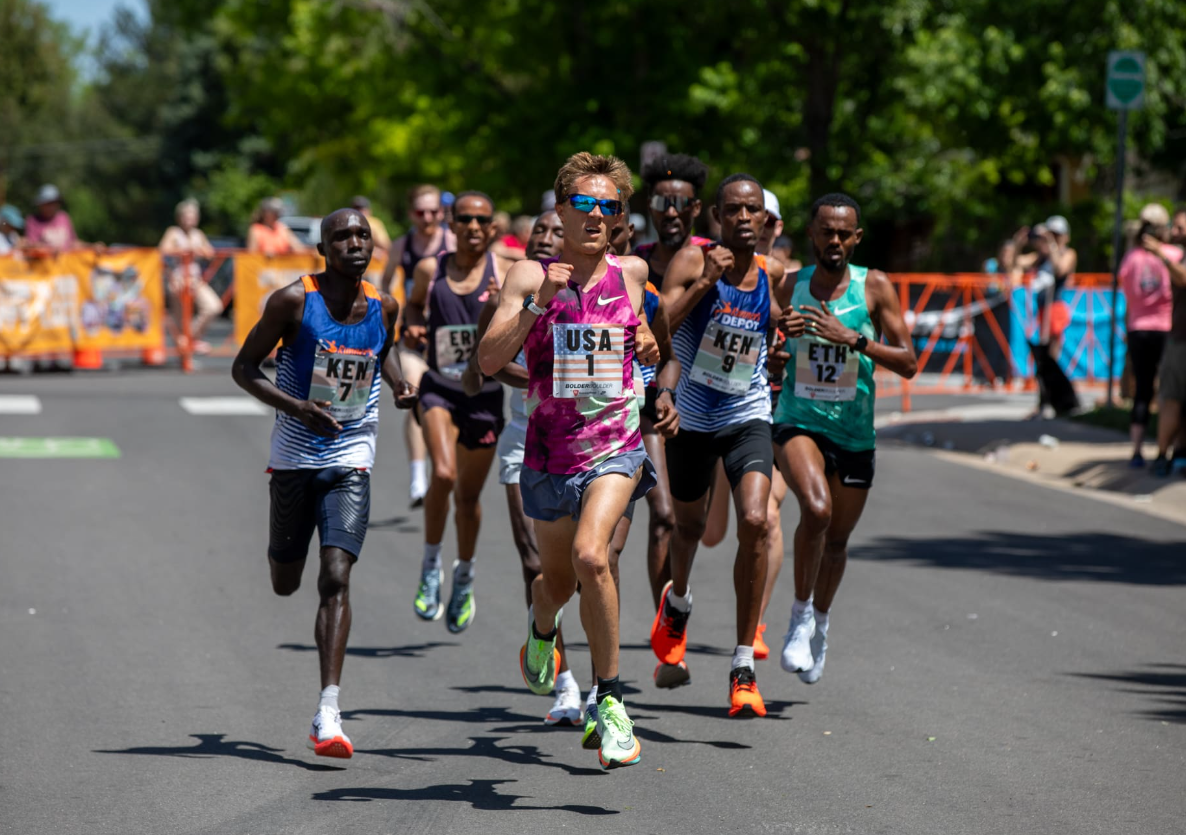
Competition – Is there a strong field?
Yes, the earlier start waves and professional races are always stacked! BOLDERBoulder has a history of deep, international competition, and this year, Olympian and American Record holder Connor Mantz showed up to win it for the 3rd year in a row! A cool feature of this event is that (unlike most races) the elites have a later start time, so all of us “regular” runners can sit in the stadium and watch them finish. It’s a lot of fun!
Logistics – Does it require a special handshake, registration a year in advance, hotels all booked? Give us the low down on the nuts and bolts of making the race happen.
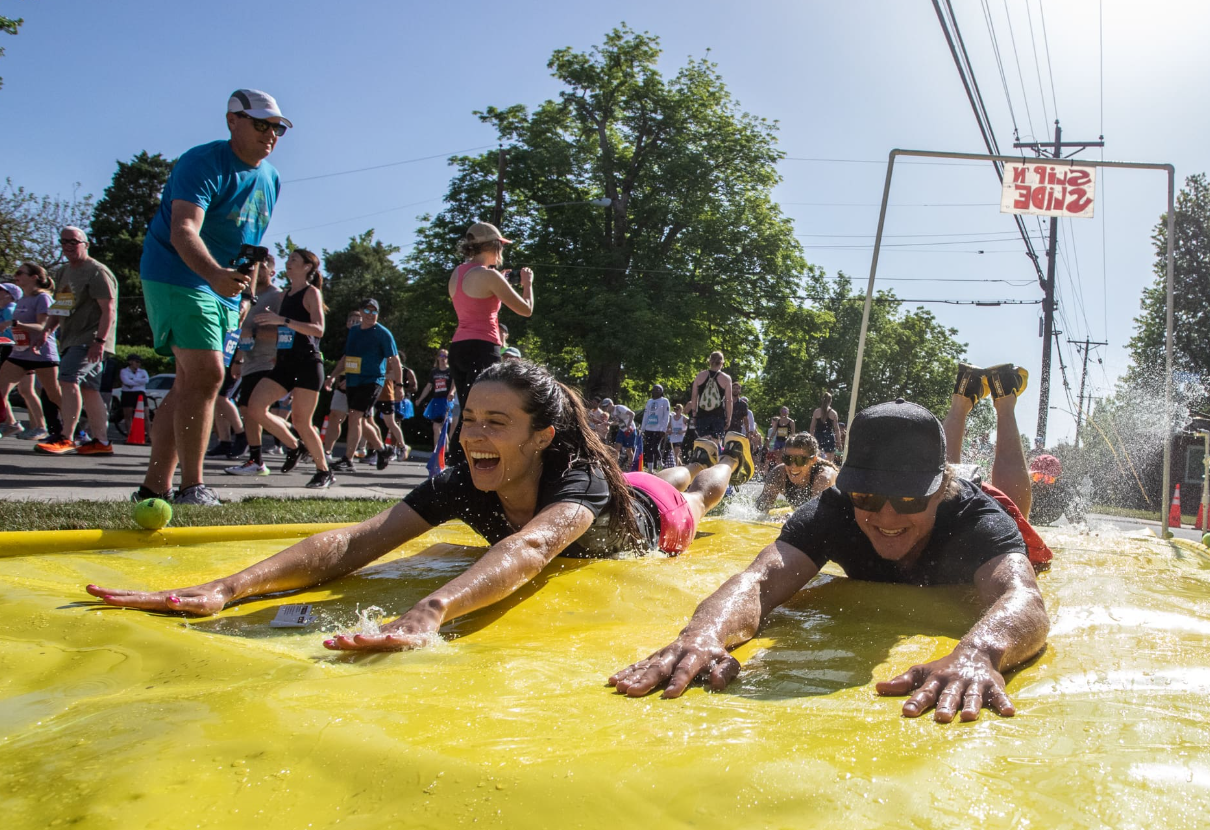
No special handshake, but BOLDERBoulder is unique in that you can submit a qualifying time that the race uses for seeding into waves. These waves run from ~6:50 am until after 9 am. If you don’t submit a time, you’ll get placed in the mass start (ie, party wave!) after 9 am.
Aid Stations – Standard fare or anything special to know about the aid stations in terms of what’s available or when?
They have the standard aid station fare of water and Gatorade. BUT, the fun stuff is what the local residents and on course spectators provide. Since it’s on Memorial Day, the community comes out in force! There’s all kinds of food (including bacon at mile 3!) and booze if you want it.
Weather and typical race conditions
It’s Colorado, so you never know what you’ll get! It could be 80 degrees and sunny, or cold and raining (which it did this year). Prepare for anything!
Gear – Did you need anything special or is there anything you’d recommend for the next runner?
No.
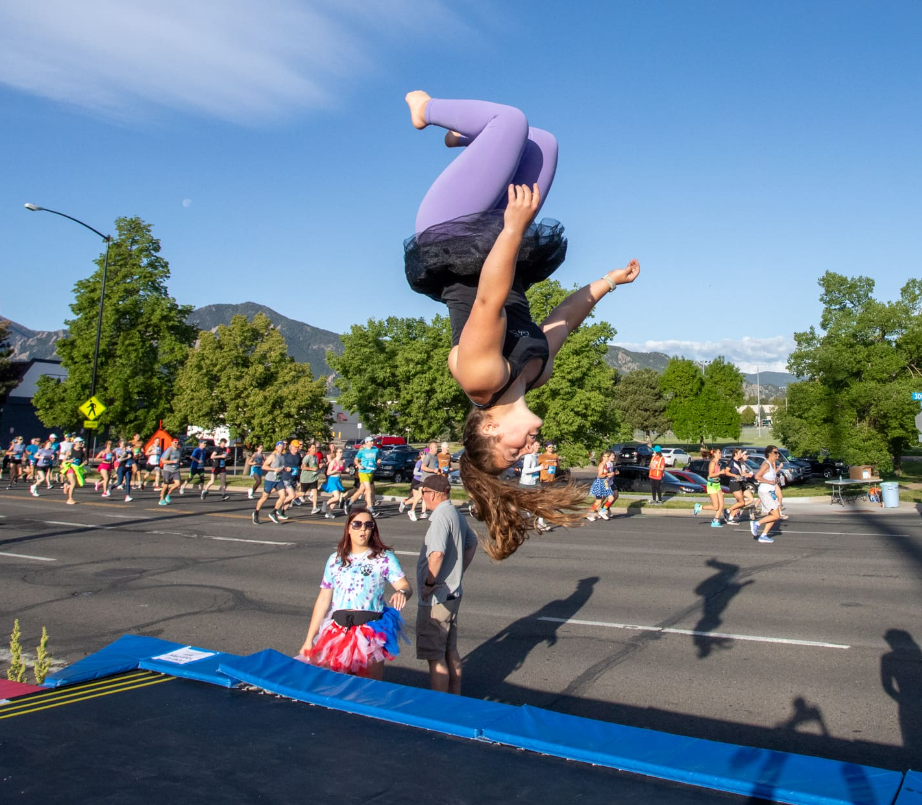
Spectators – Is this a friendly course for your friends?
Very much so!!! The course and stadium are lined with spectators cheering everyone on and creating a great race atmosphere!
How’s the Swag?
The race shirts are great! They offer different styles, which you can choose from when you register. While they don’t have finisher medals, they DO offer various prizes, like key chains for the top 15 in each age group, and other cool incentives. If you finish under 40 minutes, you’ll be rewarded with a t-shirt for the “Sub-40” club. And if you run faster than your age in minutes, you’ll receive an “Ageless Wonder” certificate.
After the race, you receive a BOLDERBoulder lunch sack with lots of snacks and a beer from Avery Brewing!
The Overall Score – How many stars do you give this race and do you recommend that others run it?
5 out of 5 stars! I love this race and would recommend it for anyone — whether you want to run it competitively or just for fun! Check out the race website here.
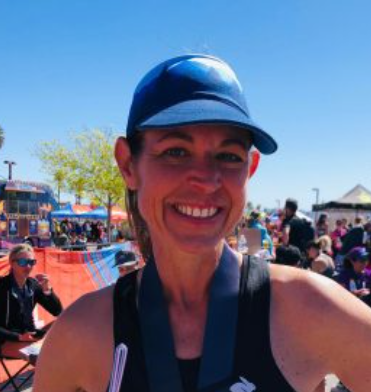
Nicole Thome is a coach with Team RunRun based in Denver, Colorado. She specializes in road races up to the marathon, with a focus on first-time marathoners, female athletes over 40, athletes looking to get into trail running or set new PRs, and runners who have plateaued and need a jumpstart.

